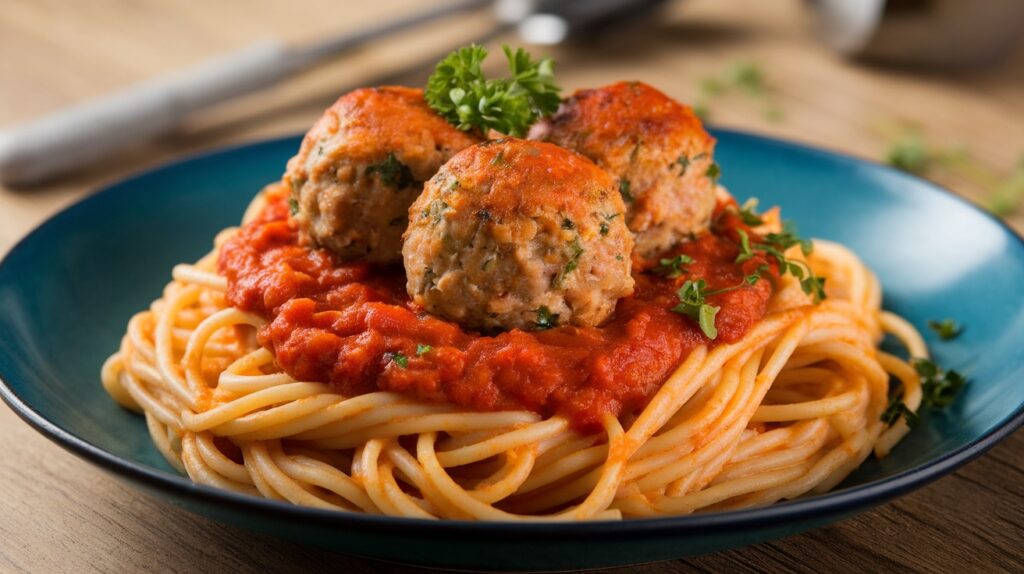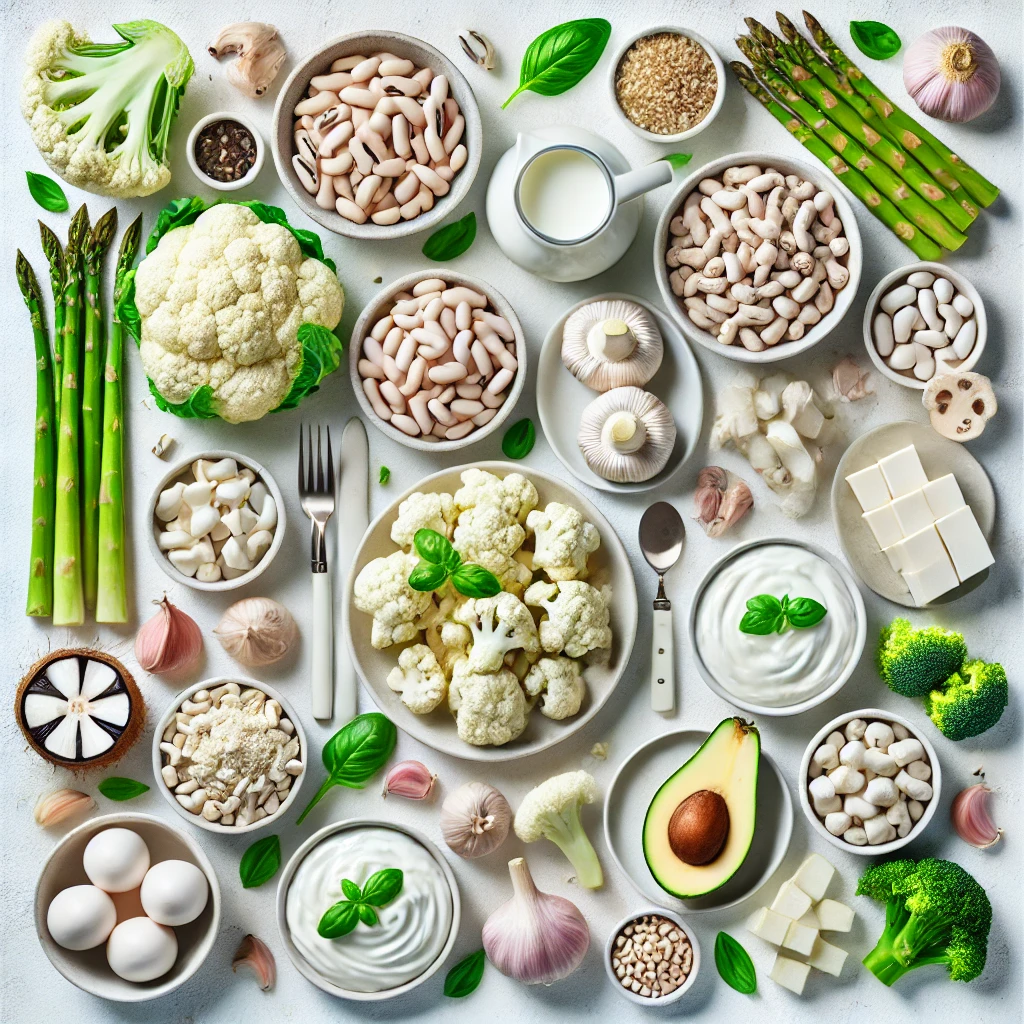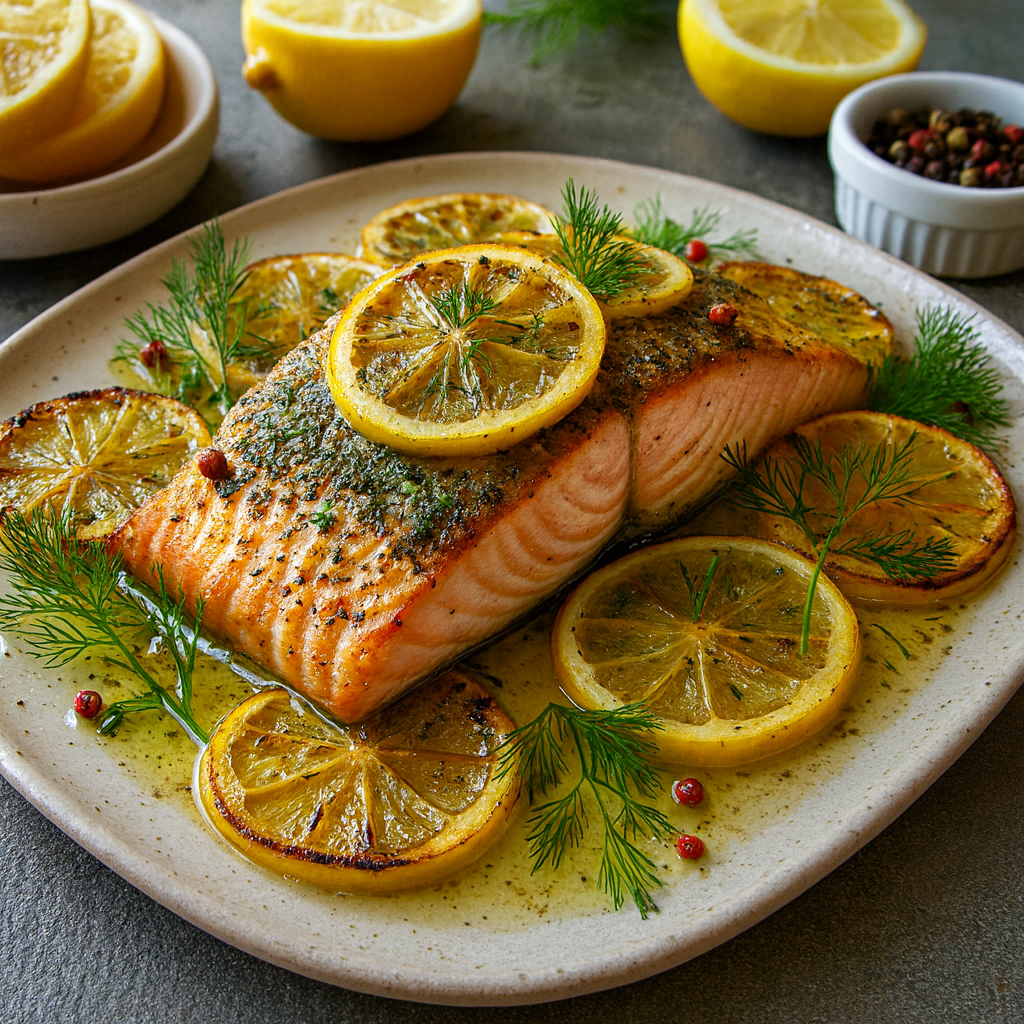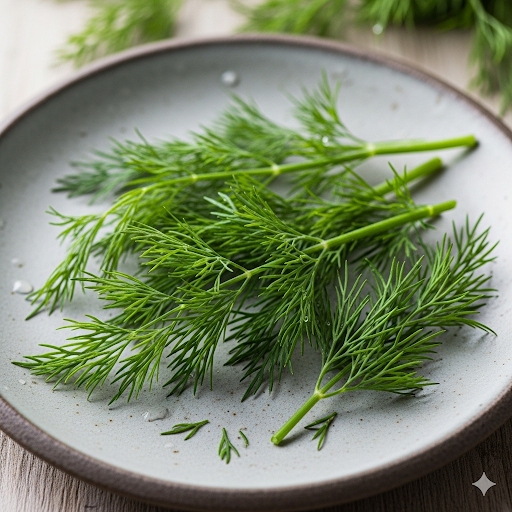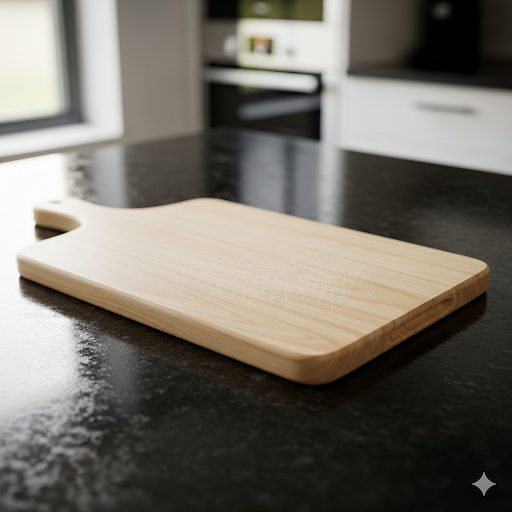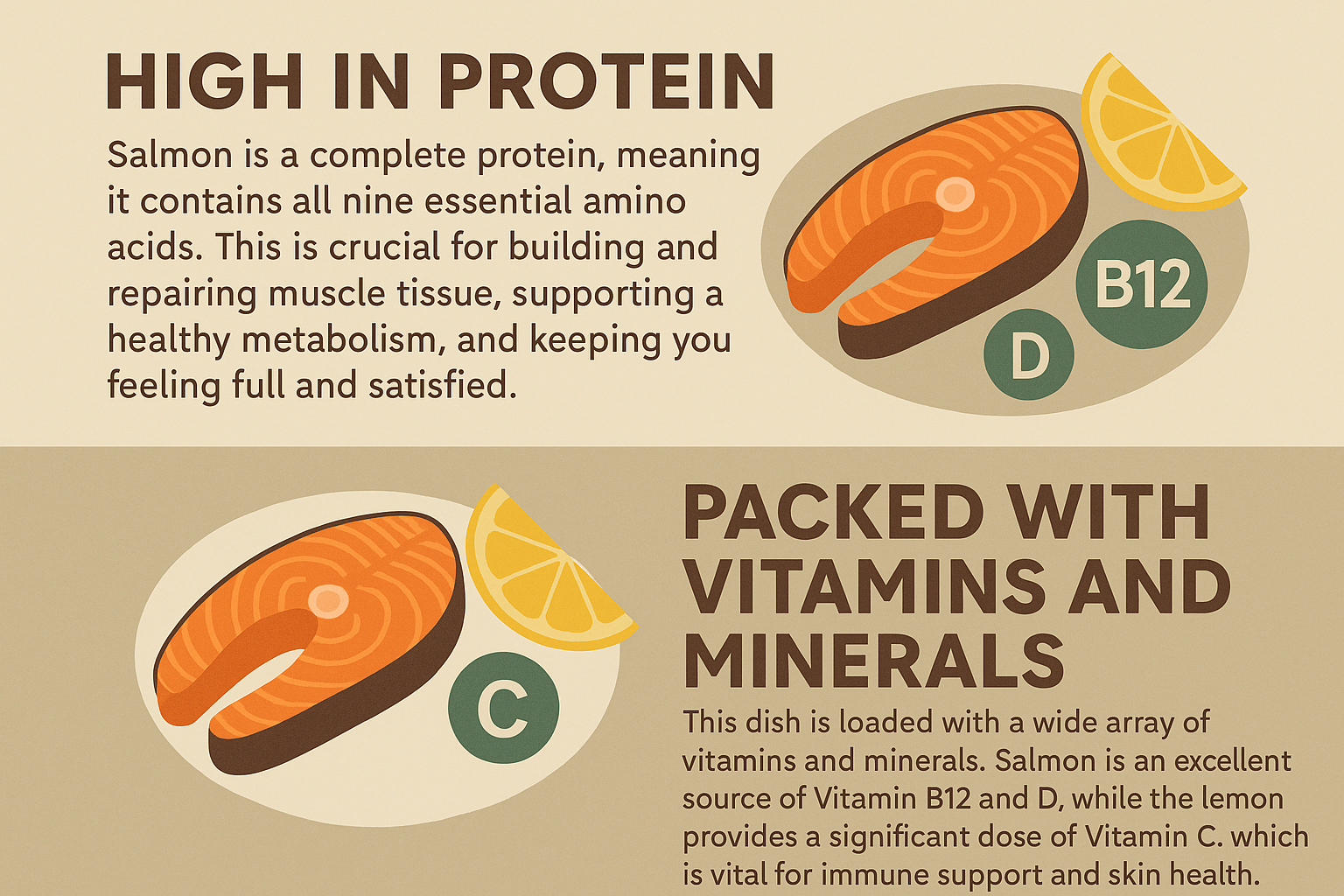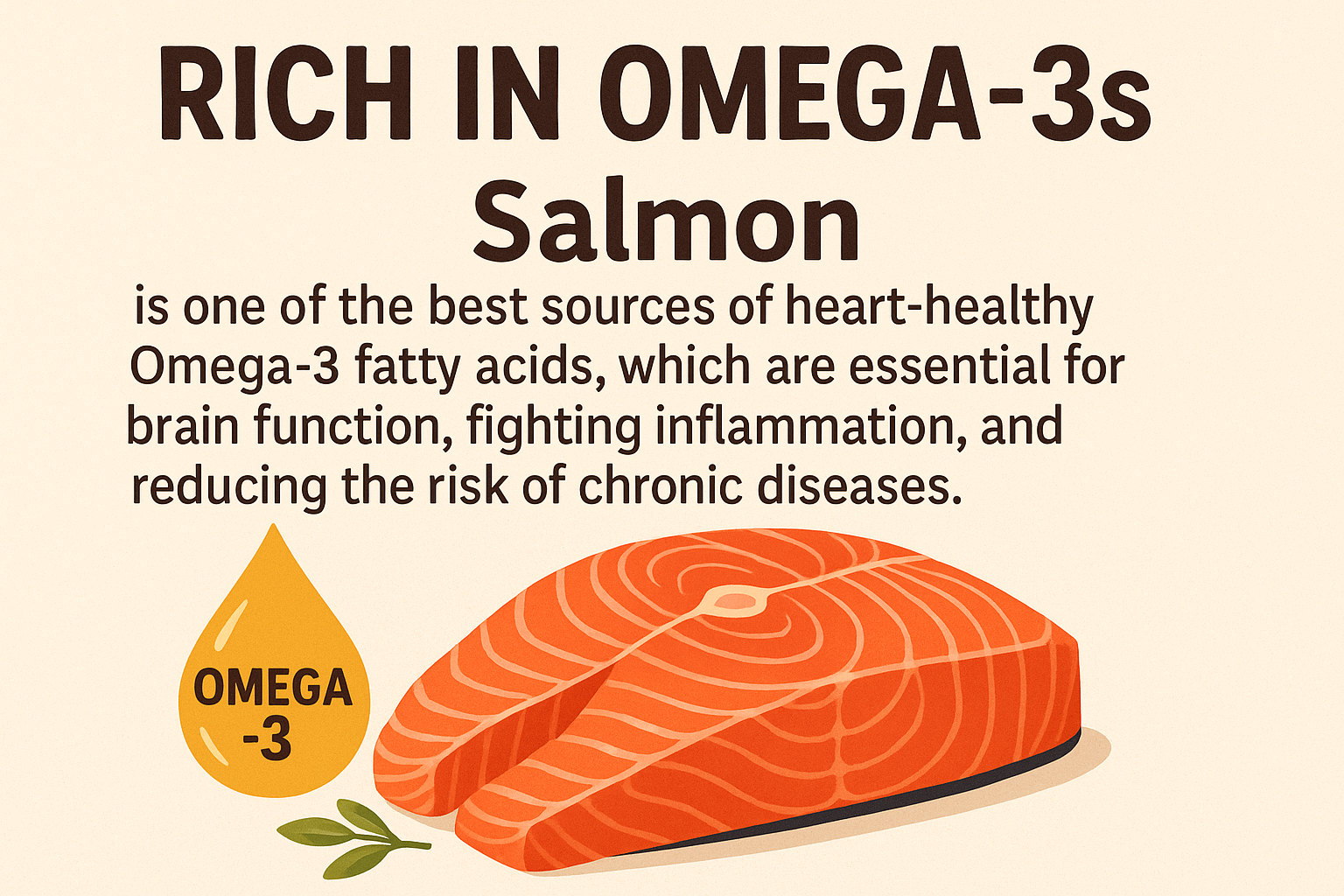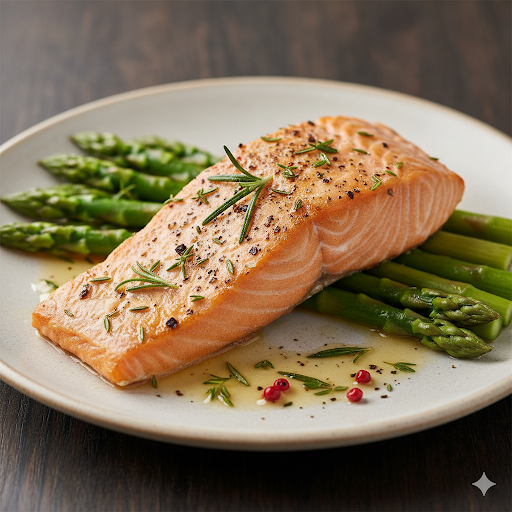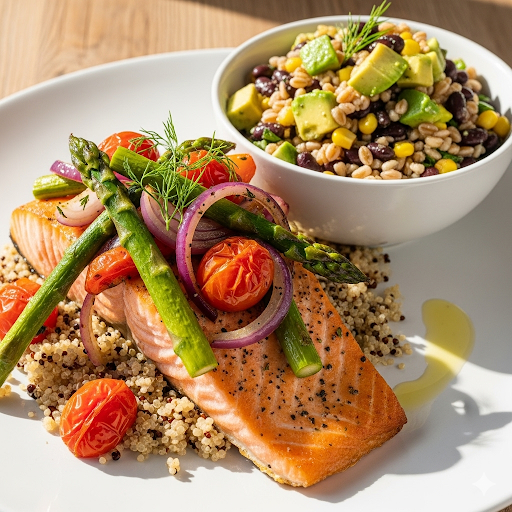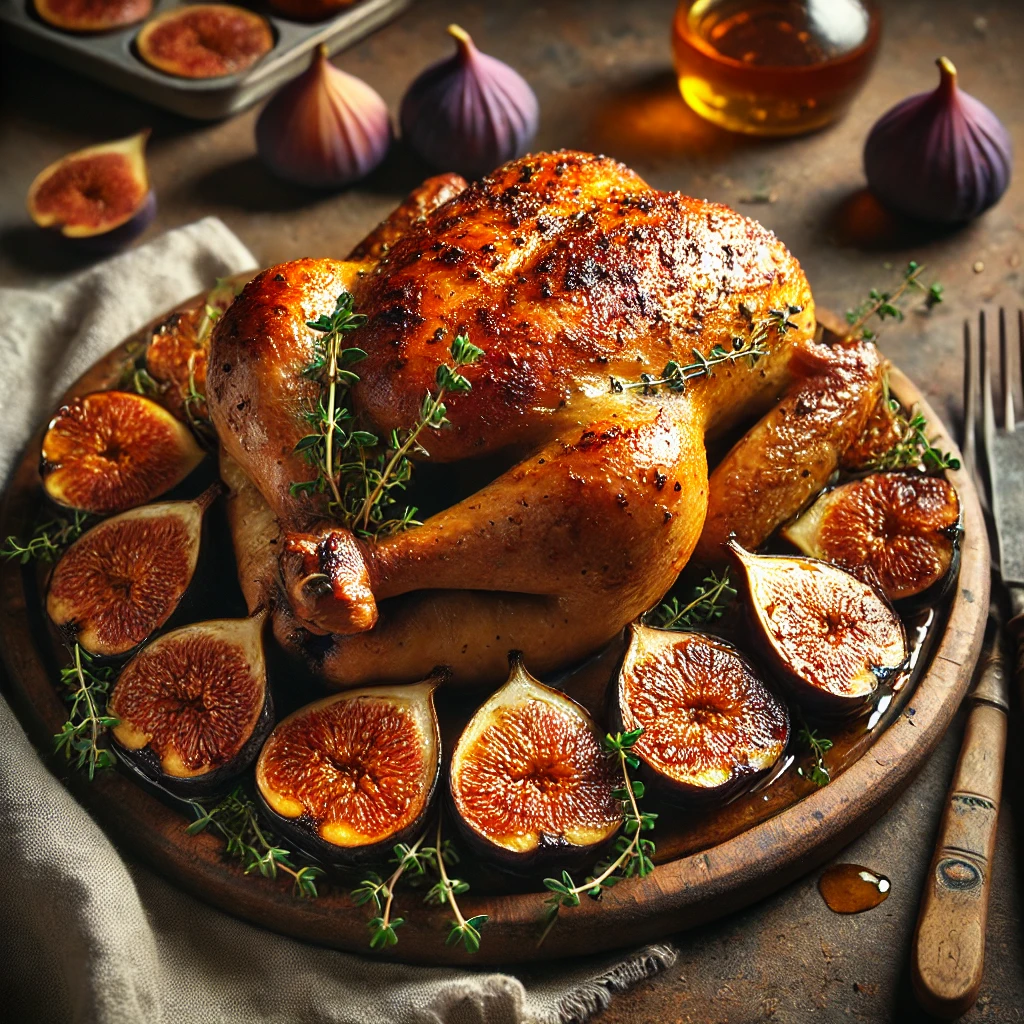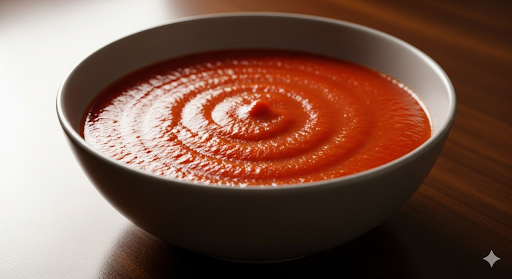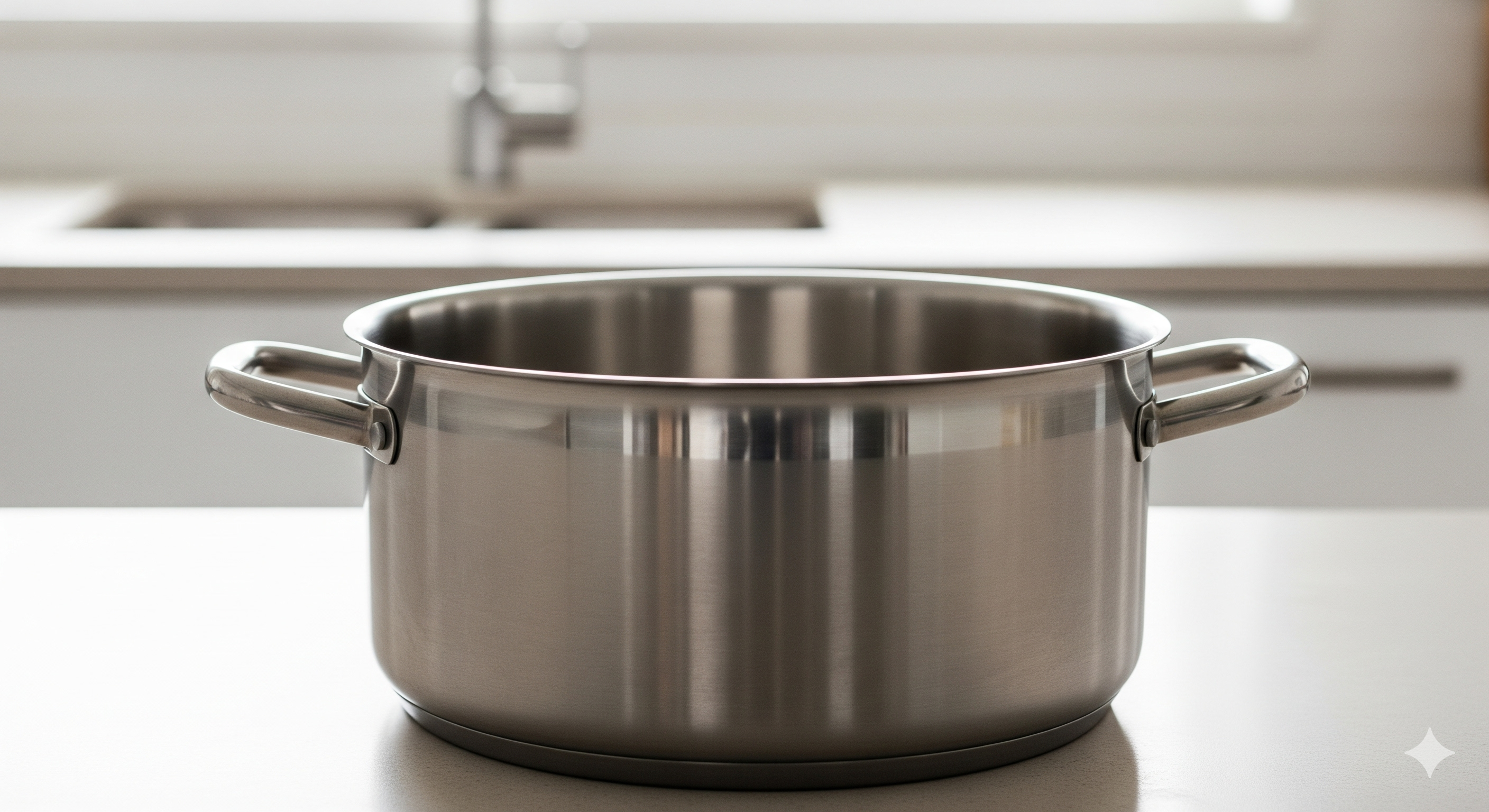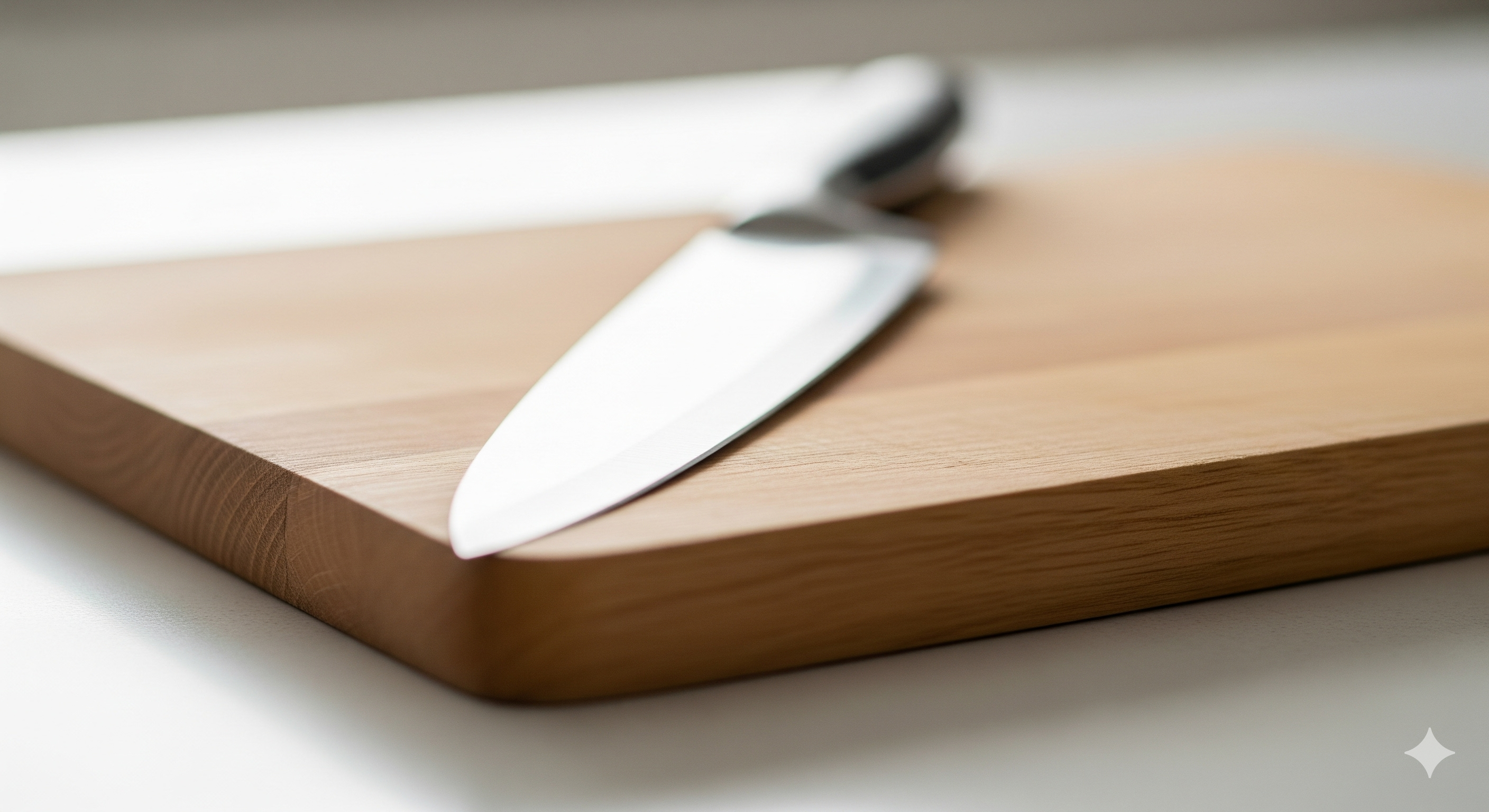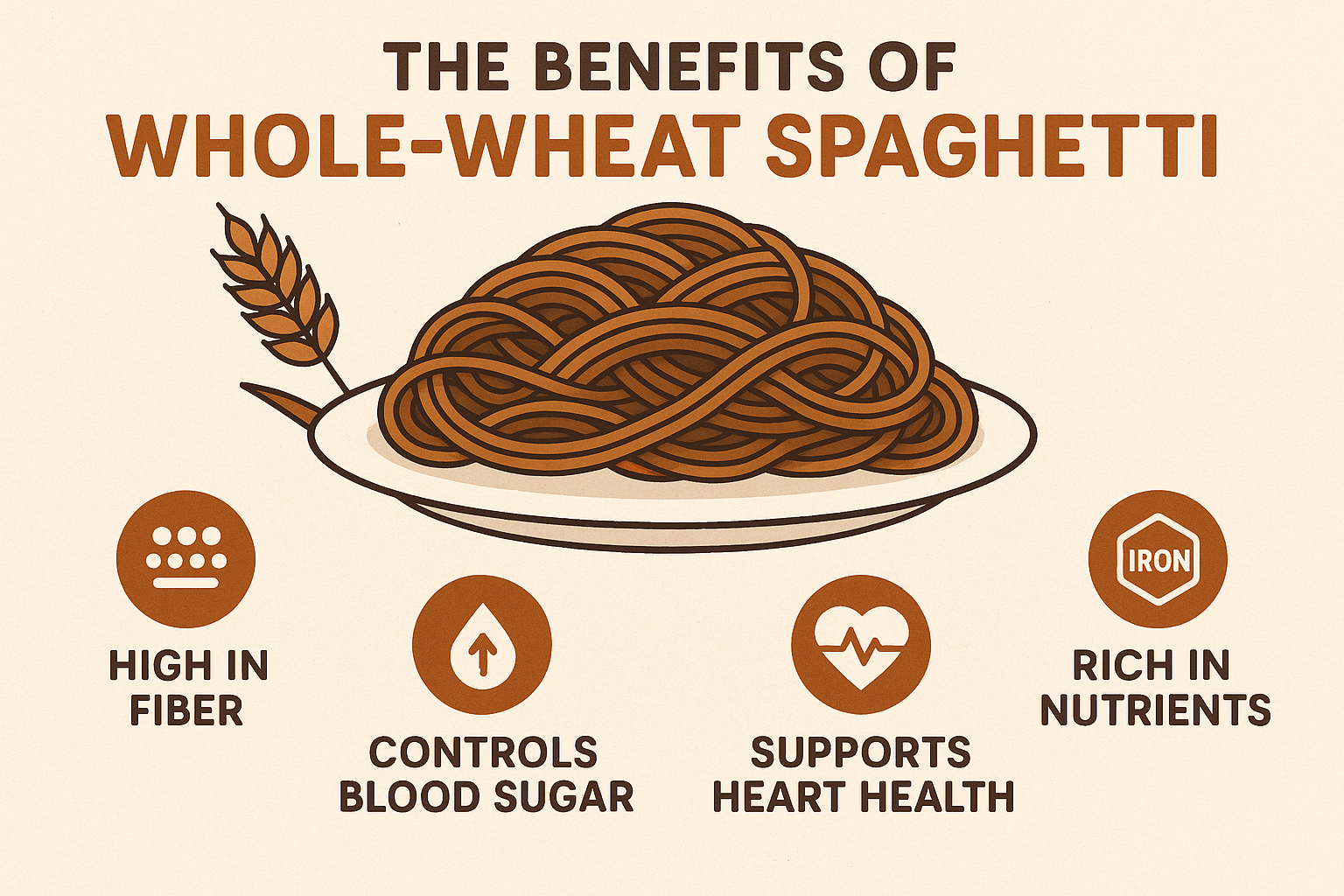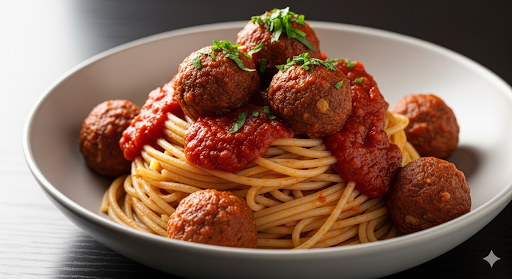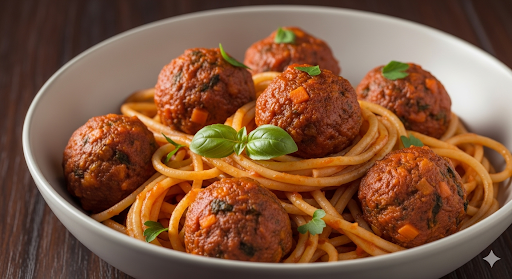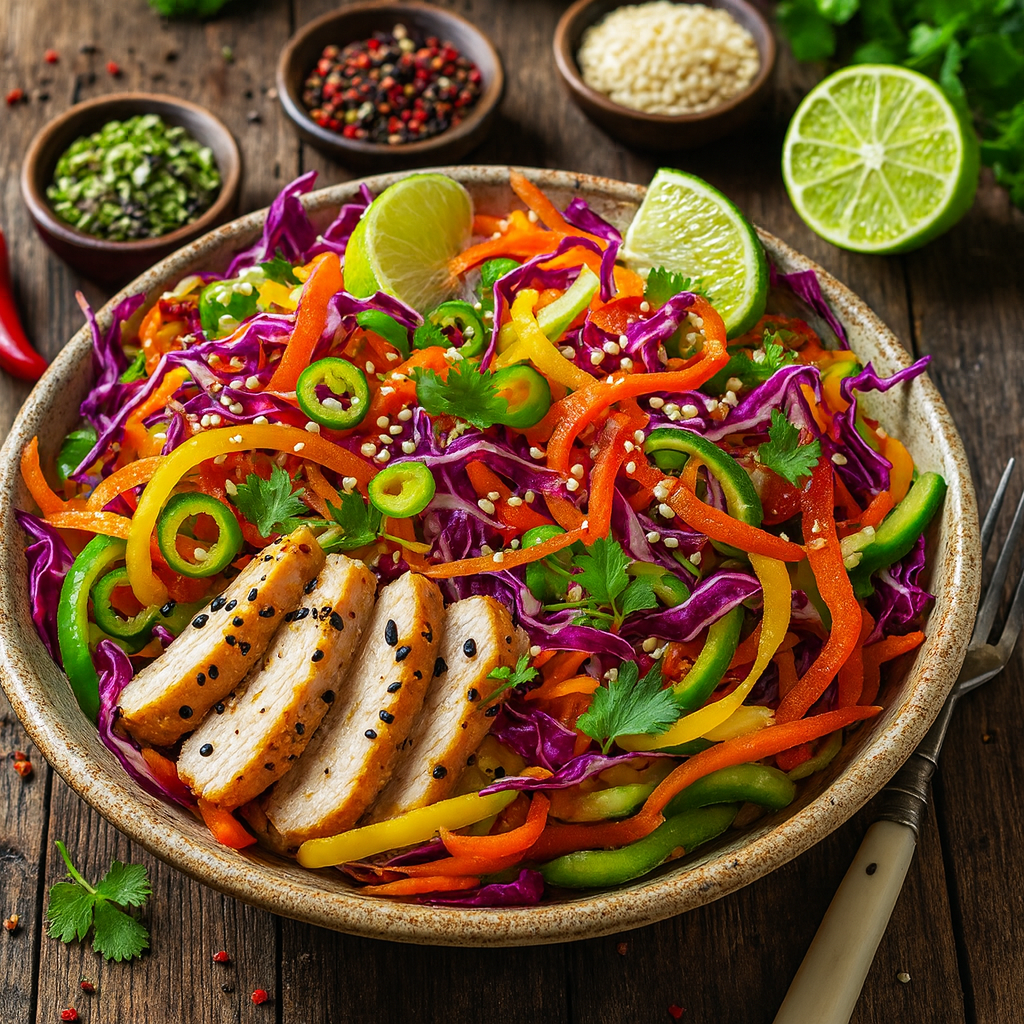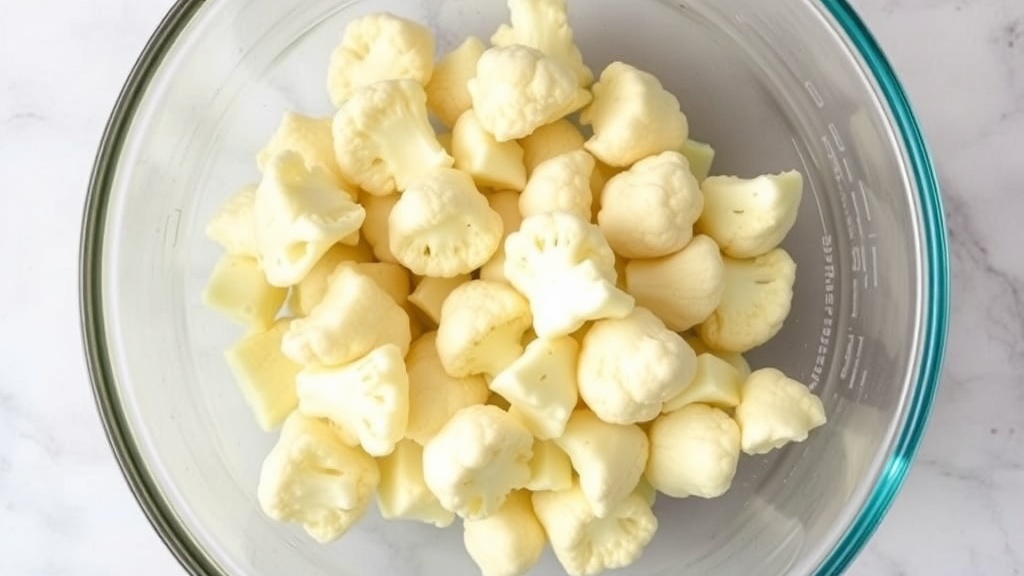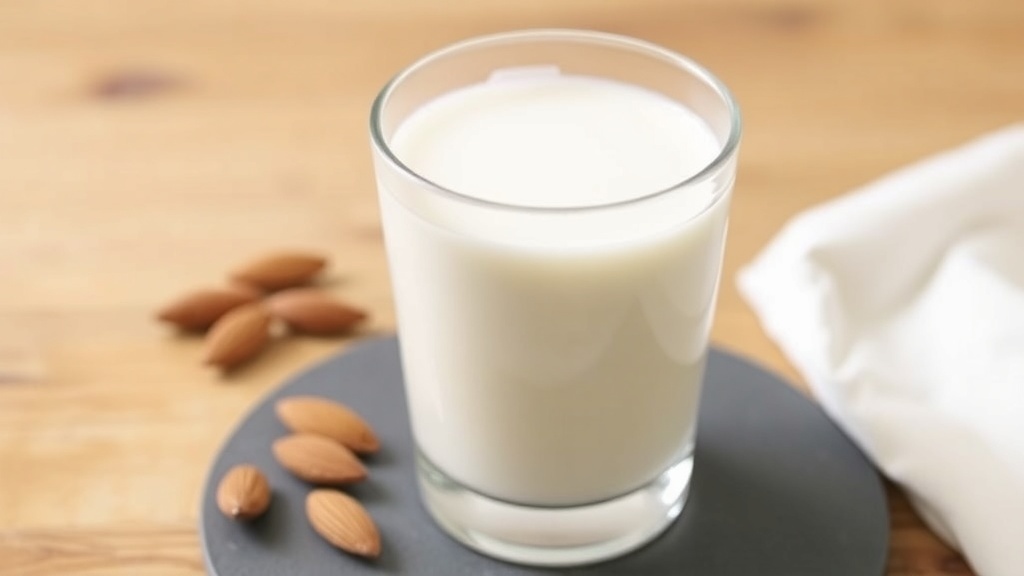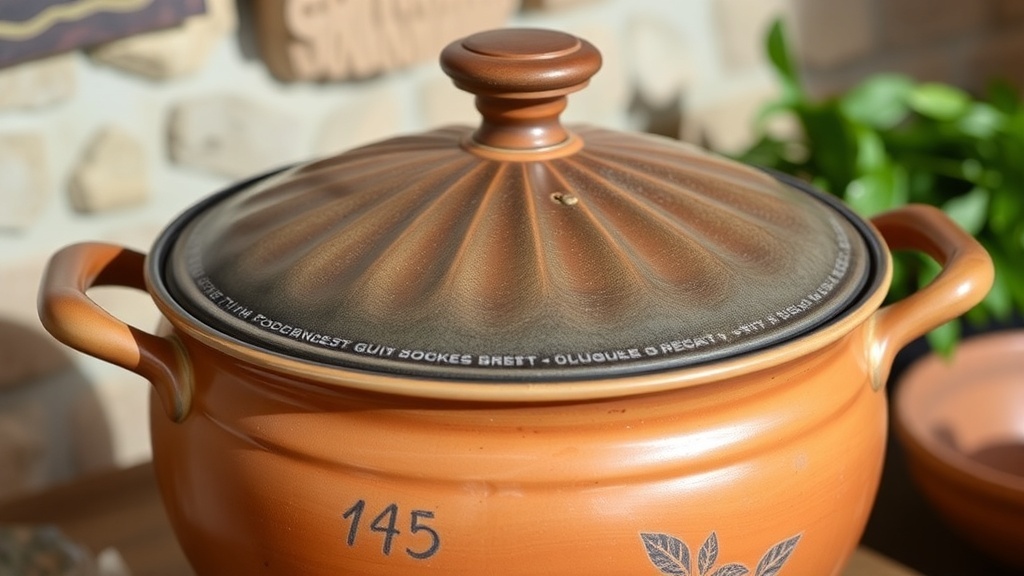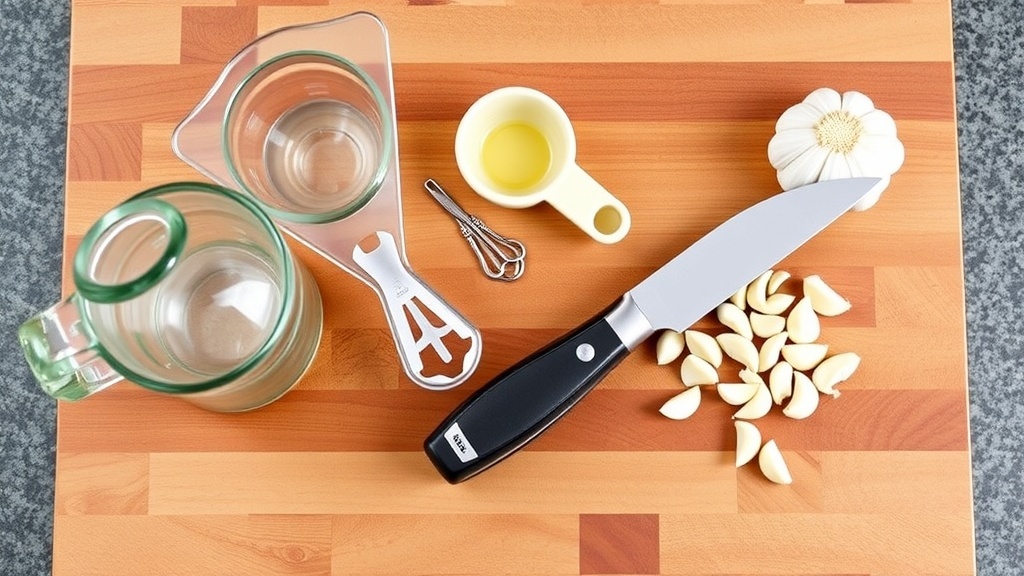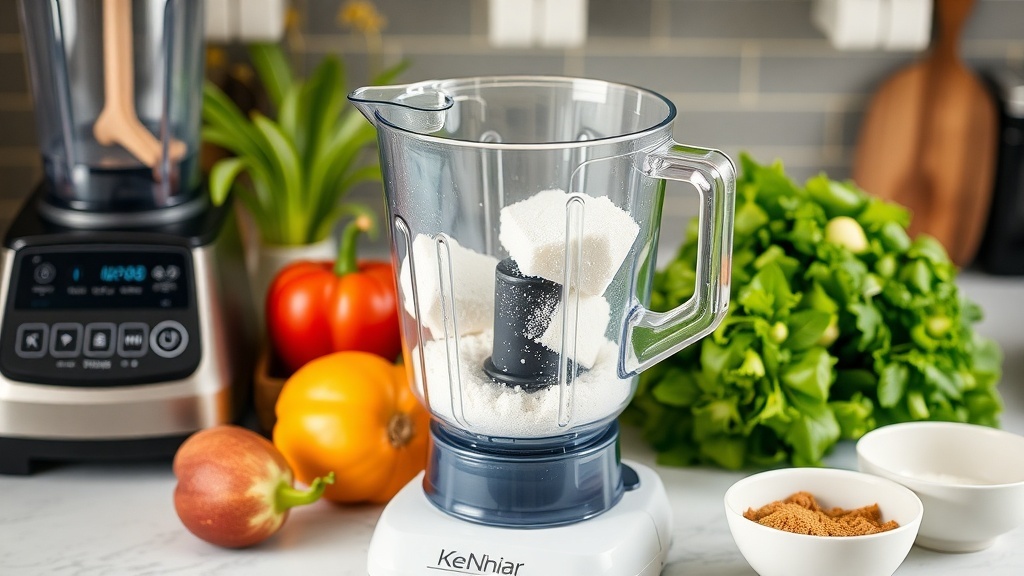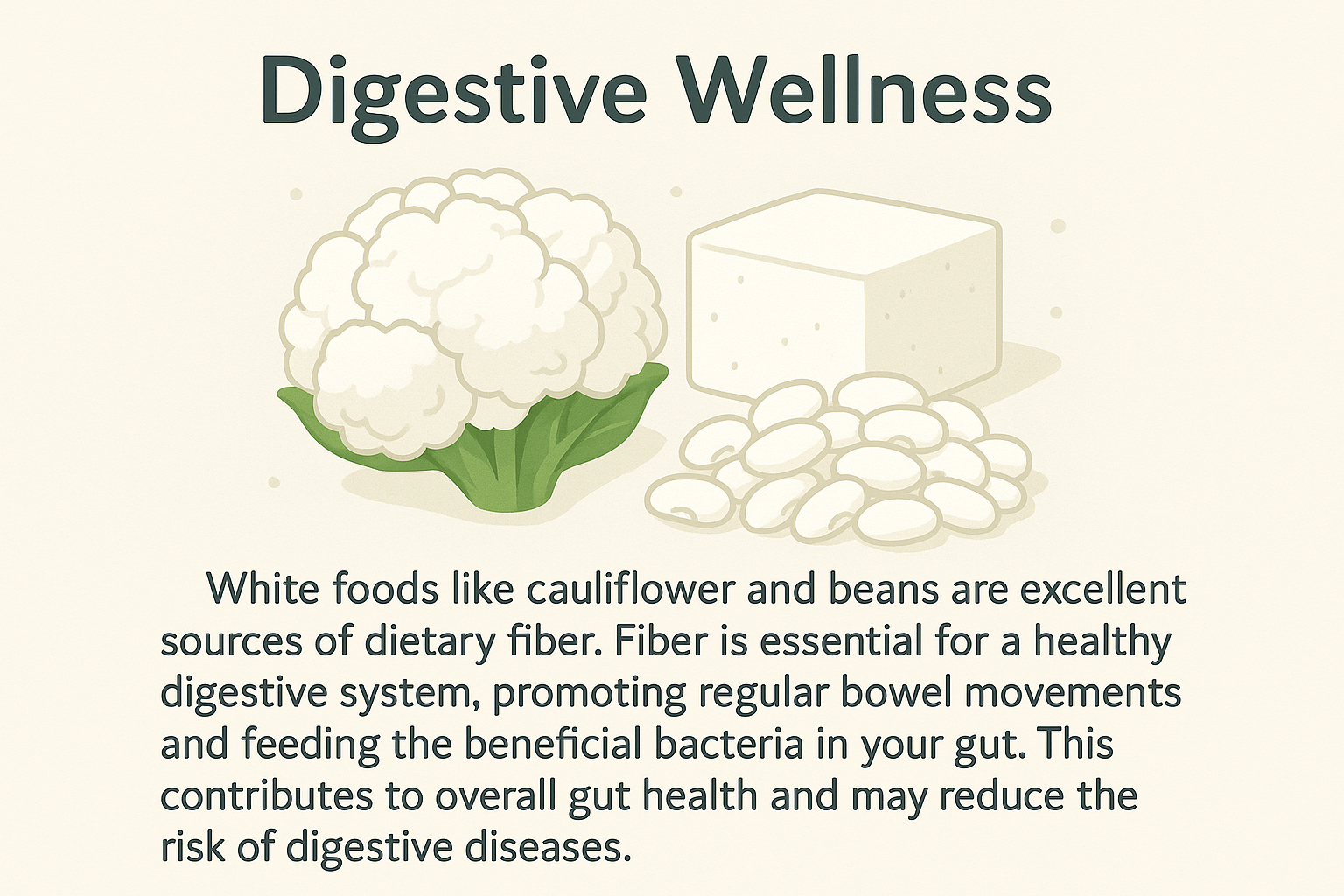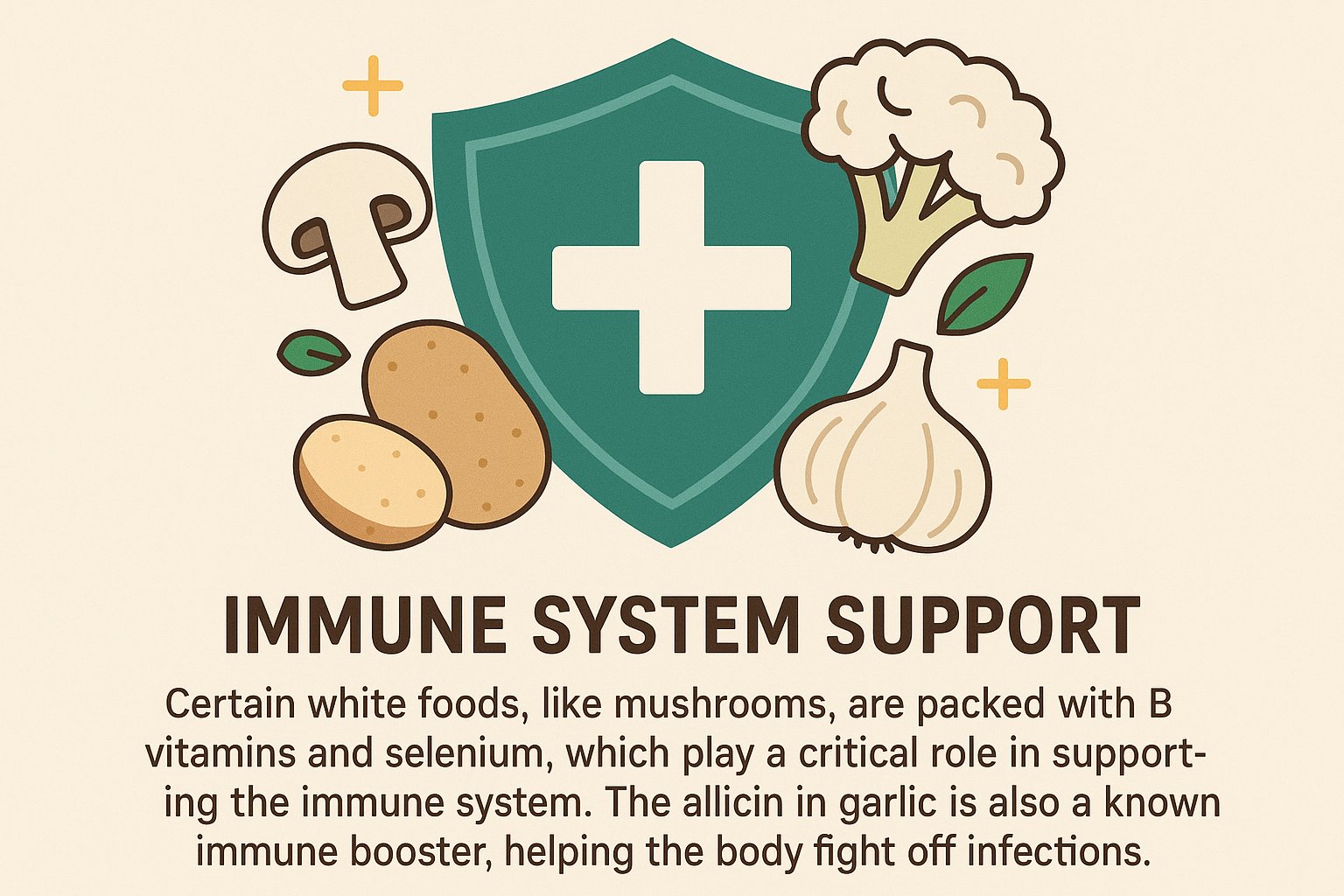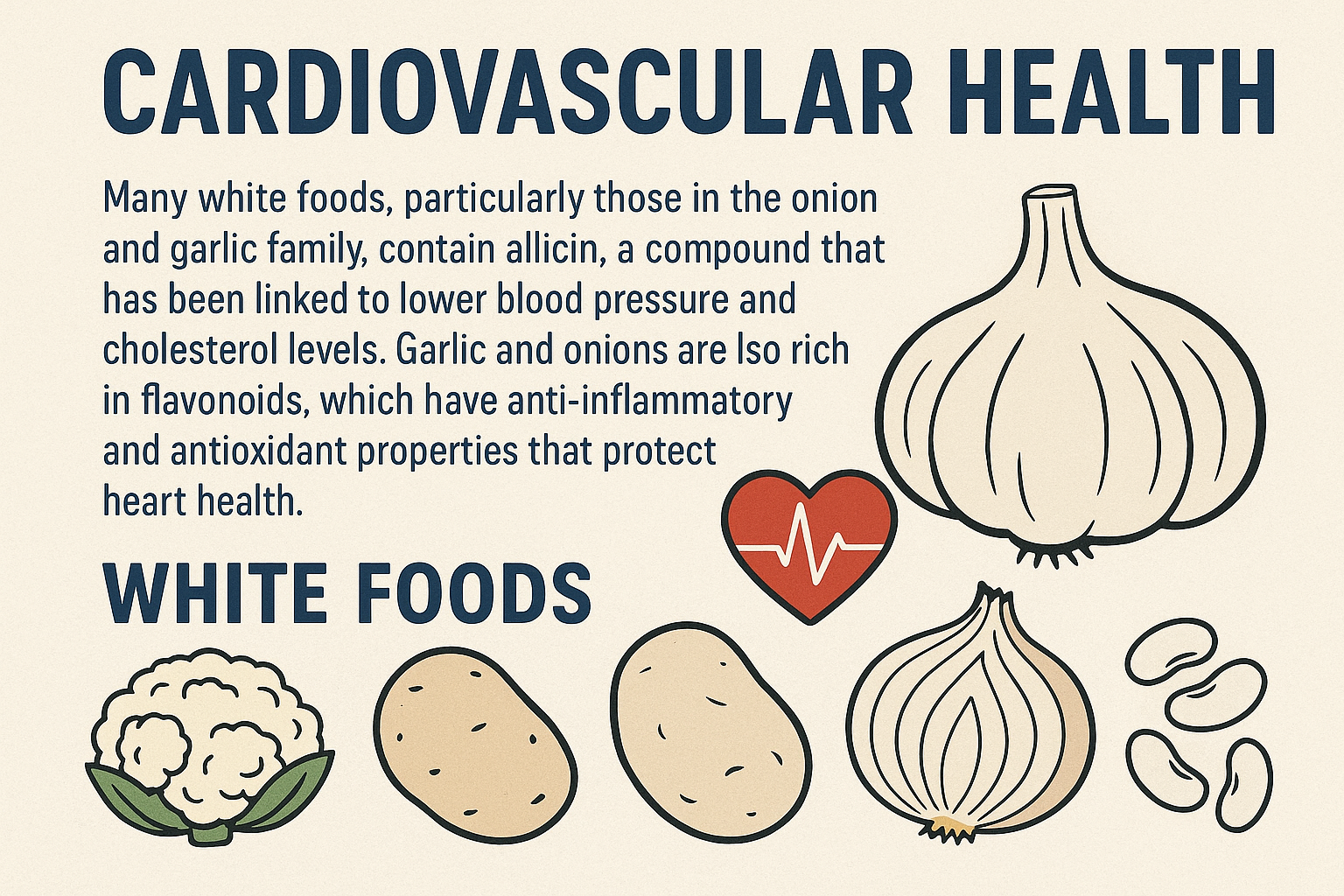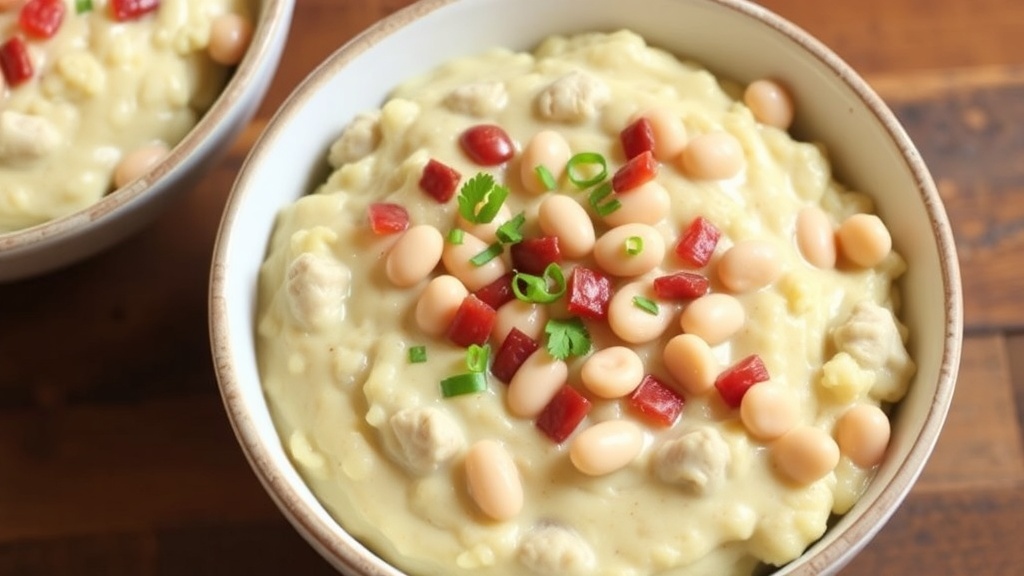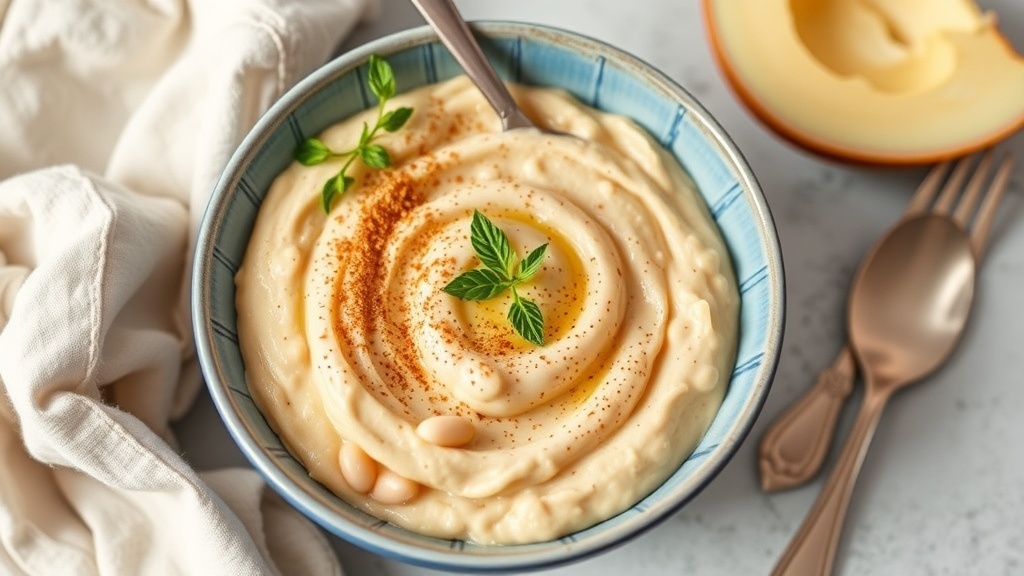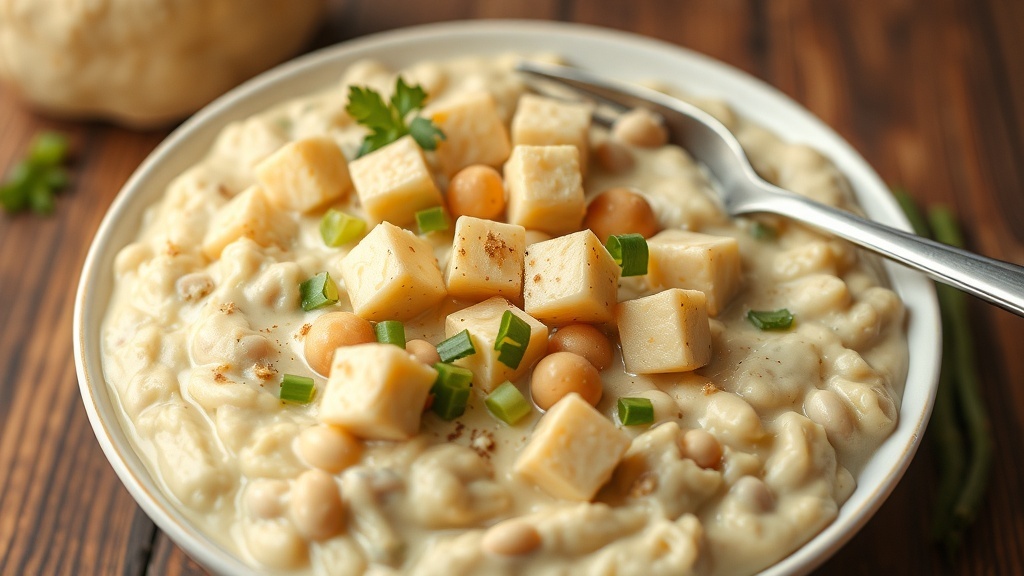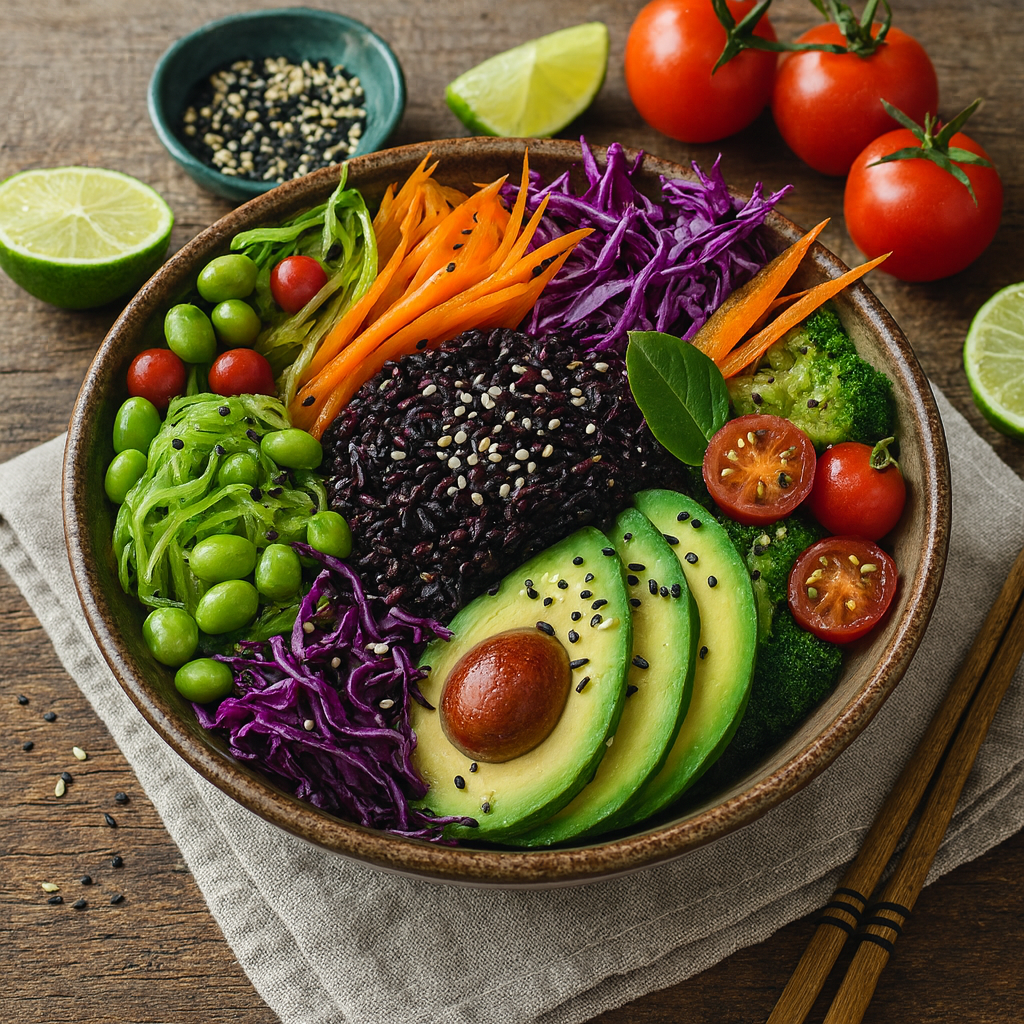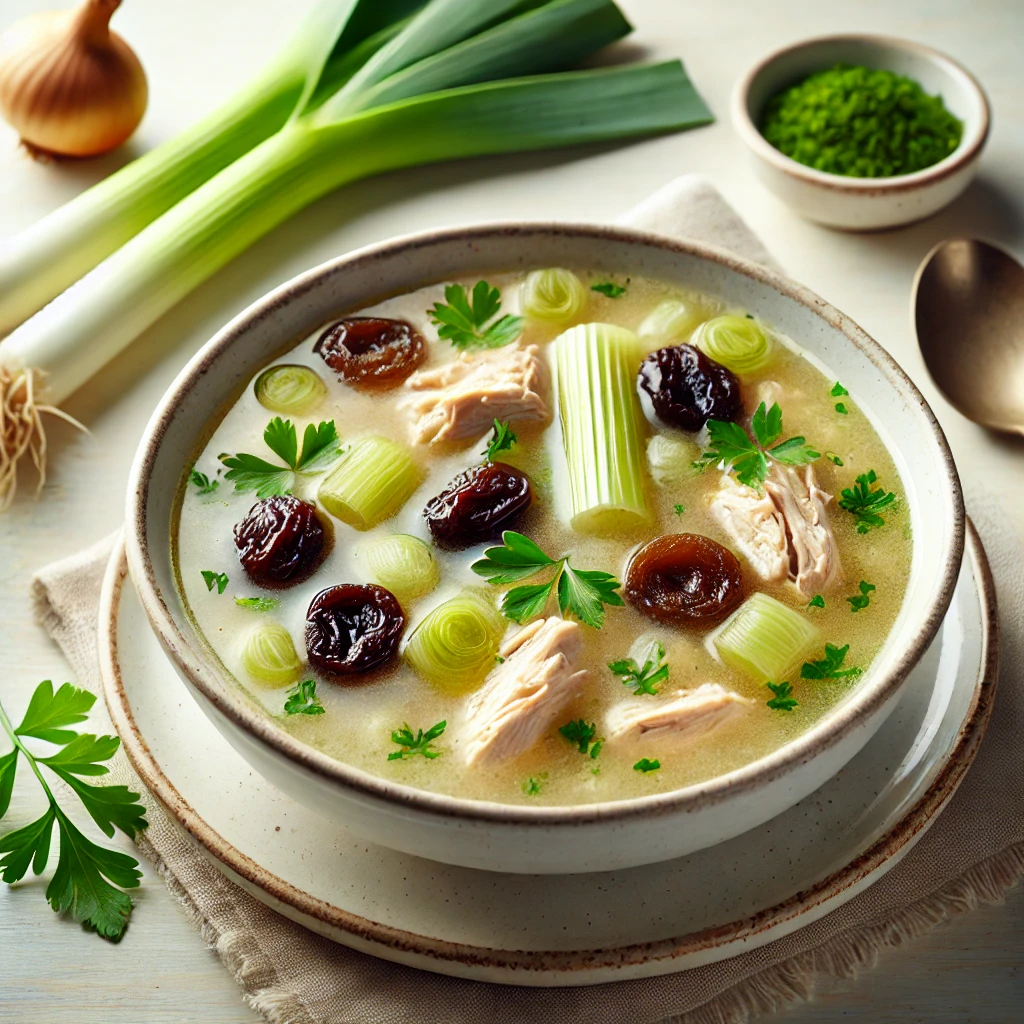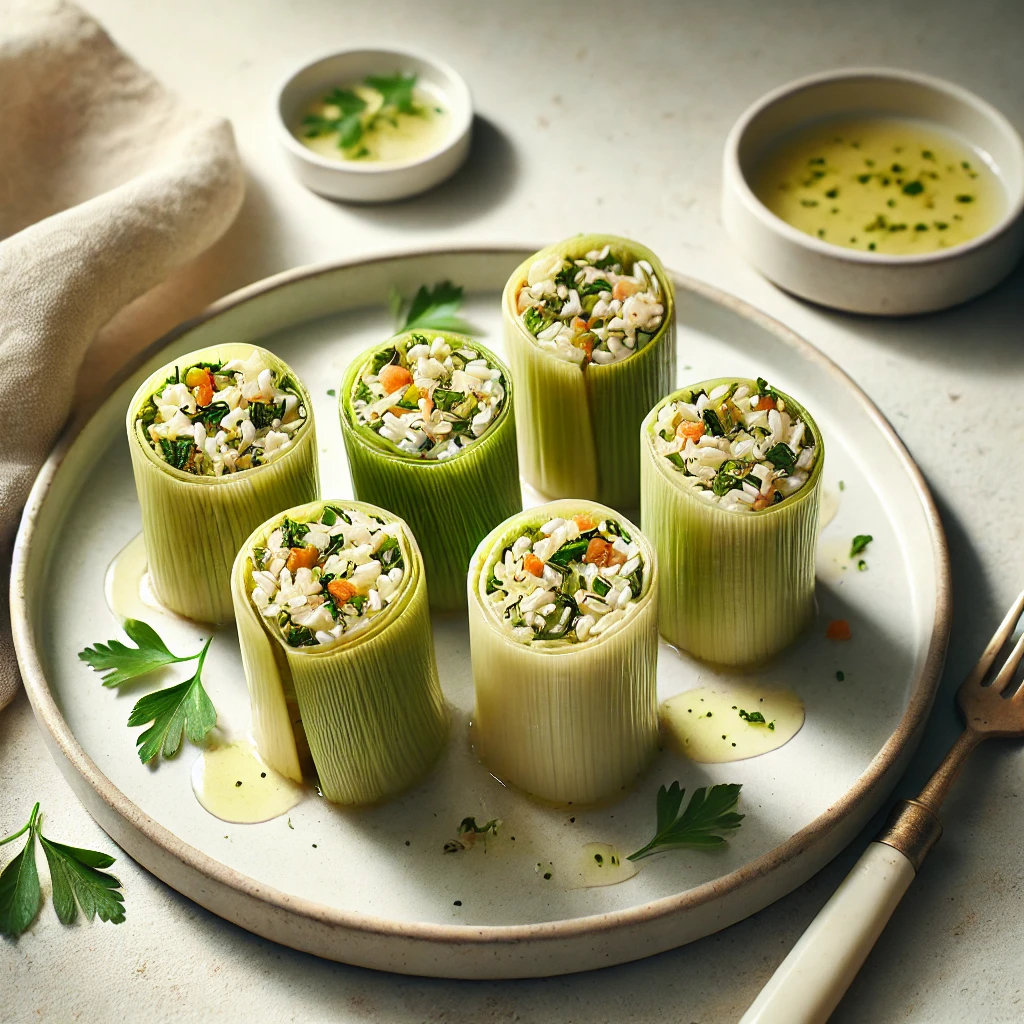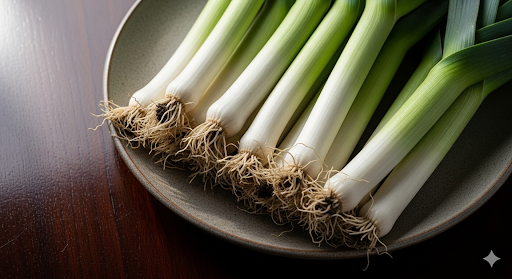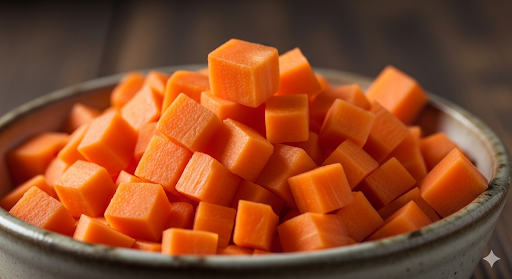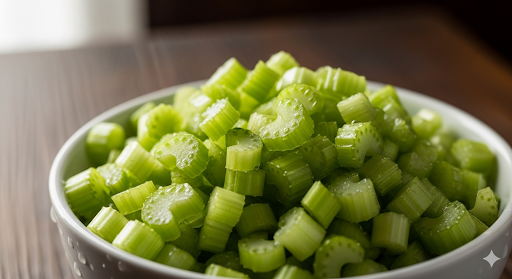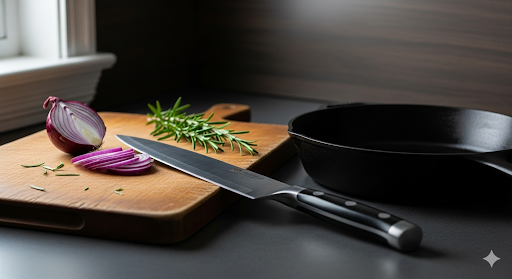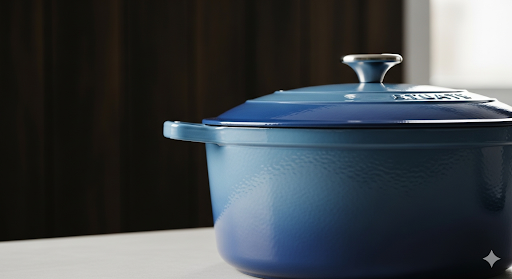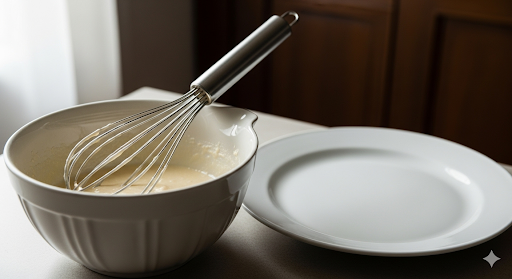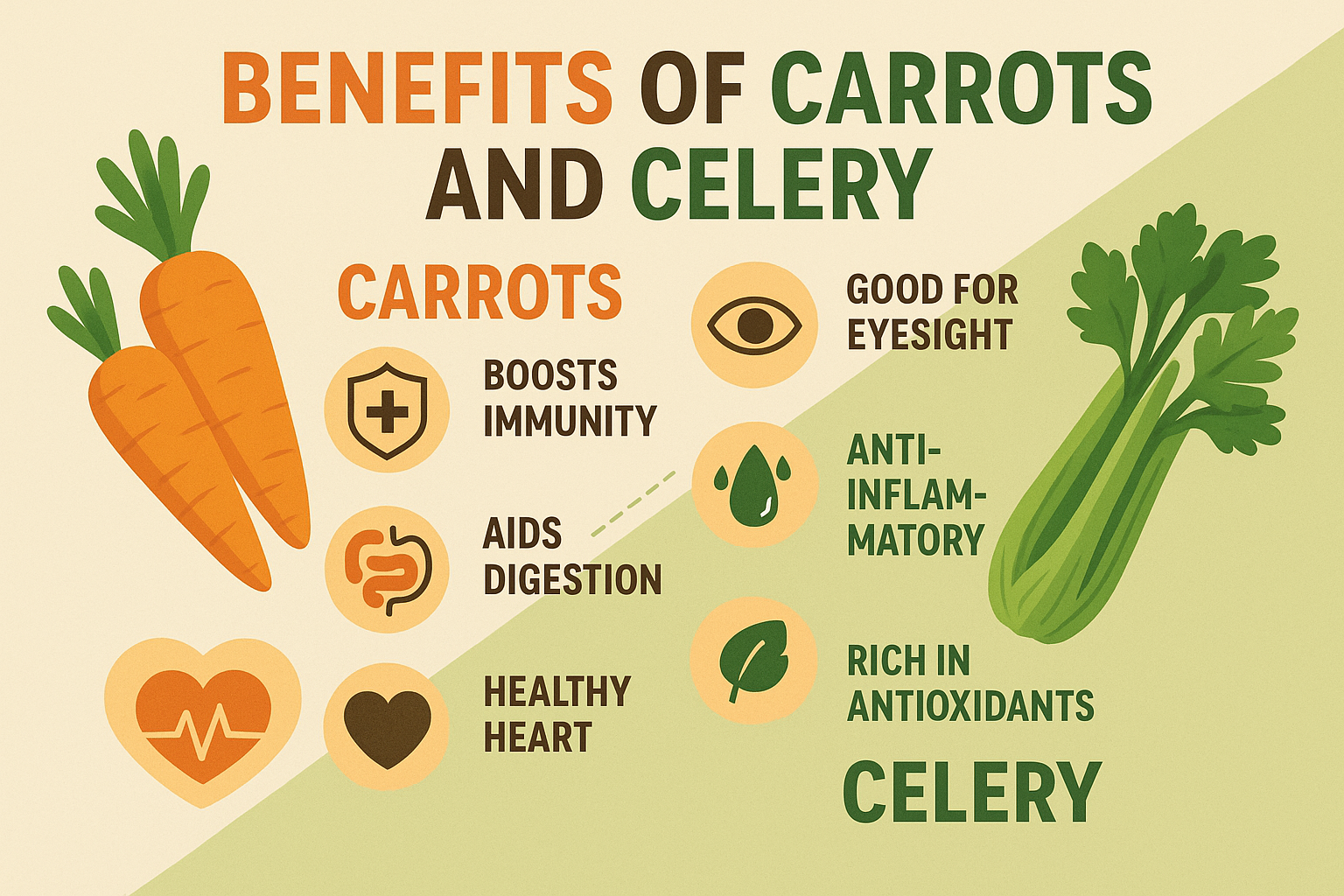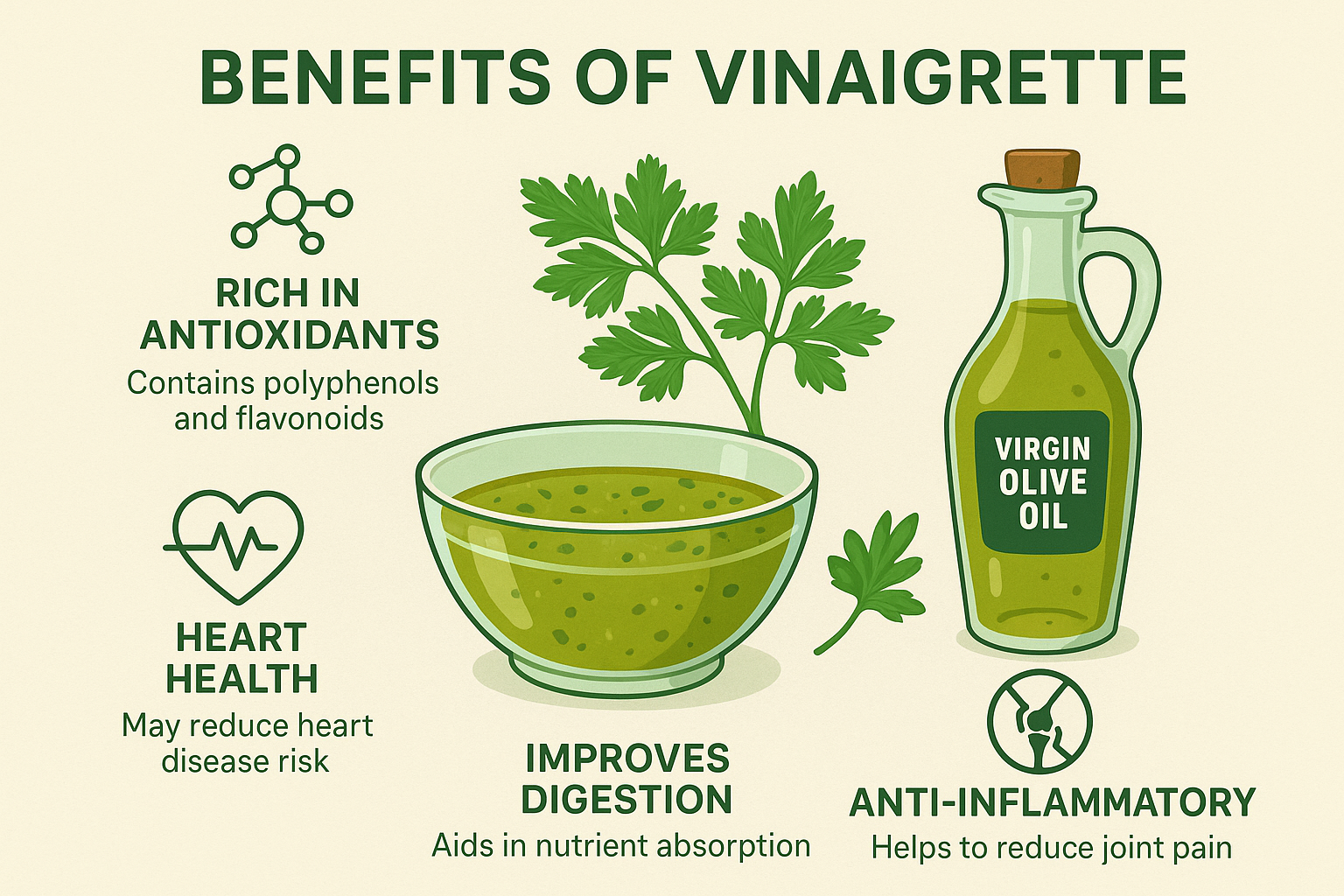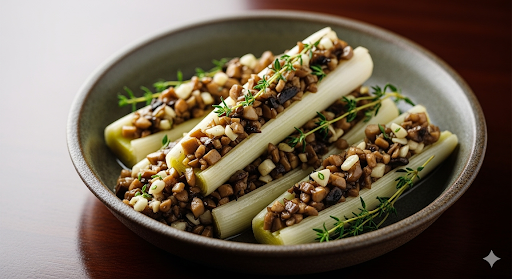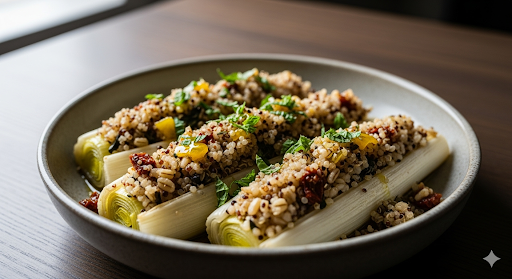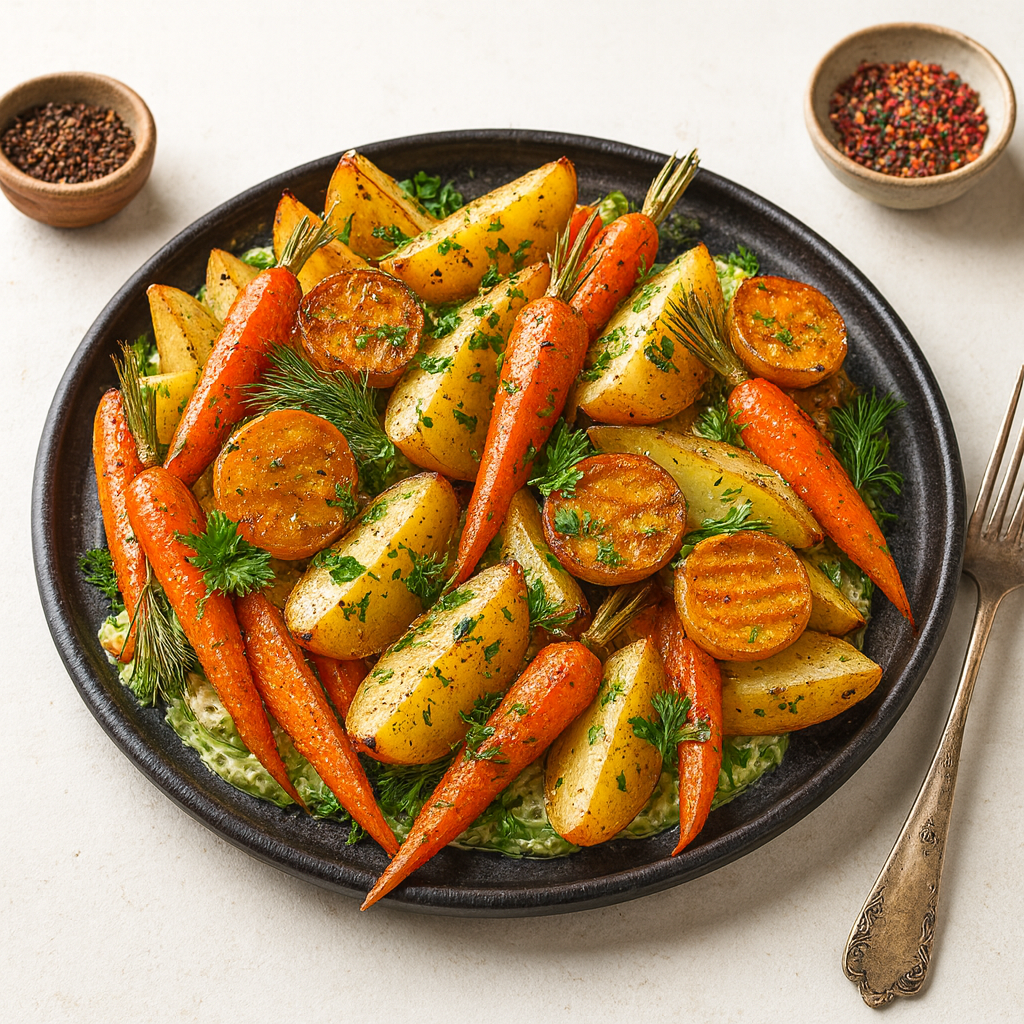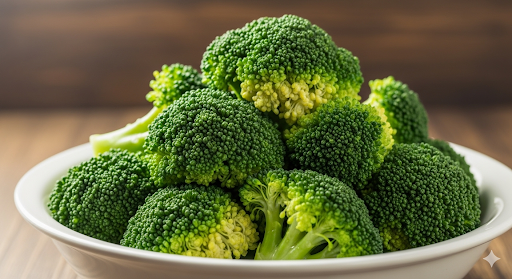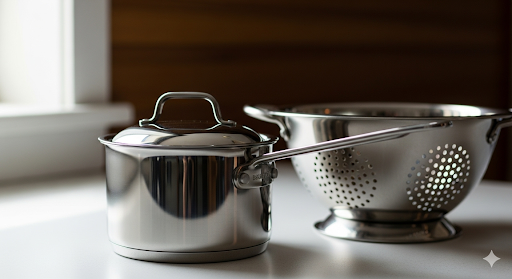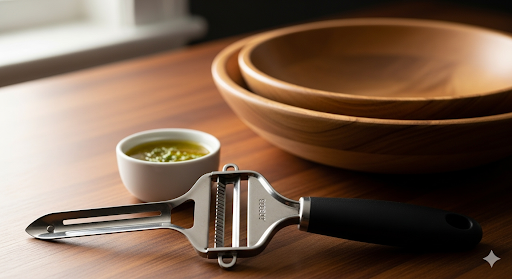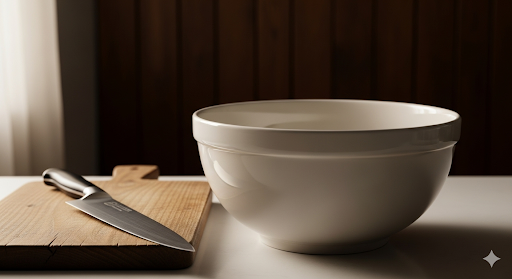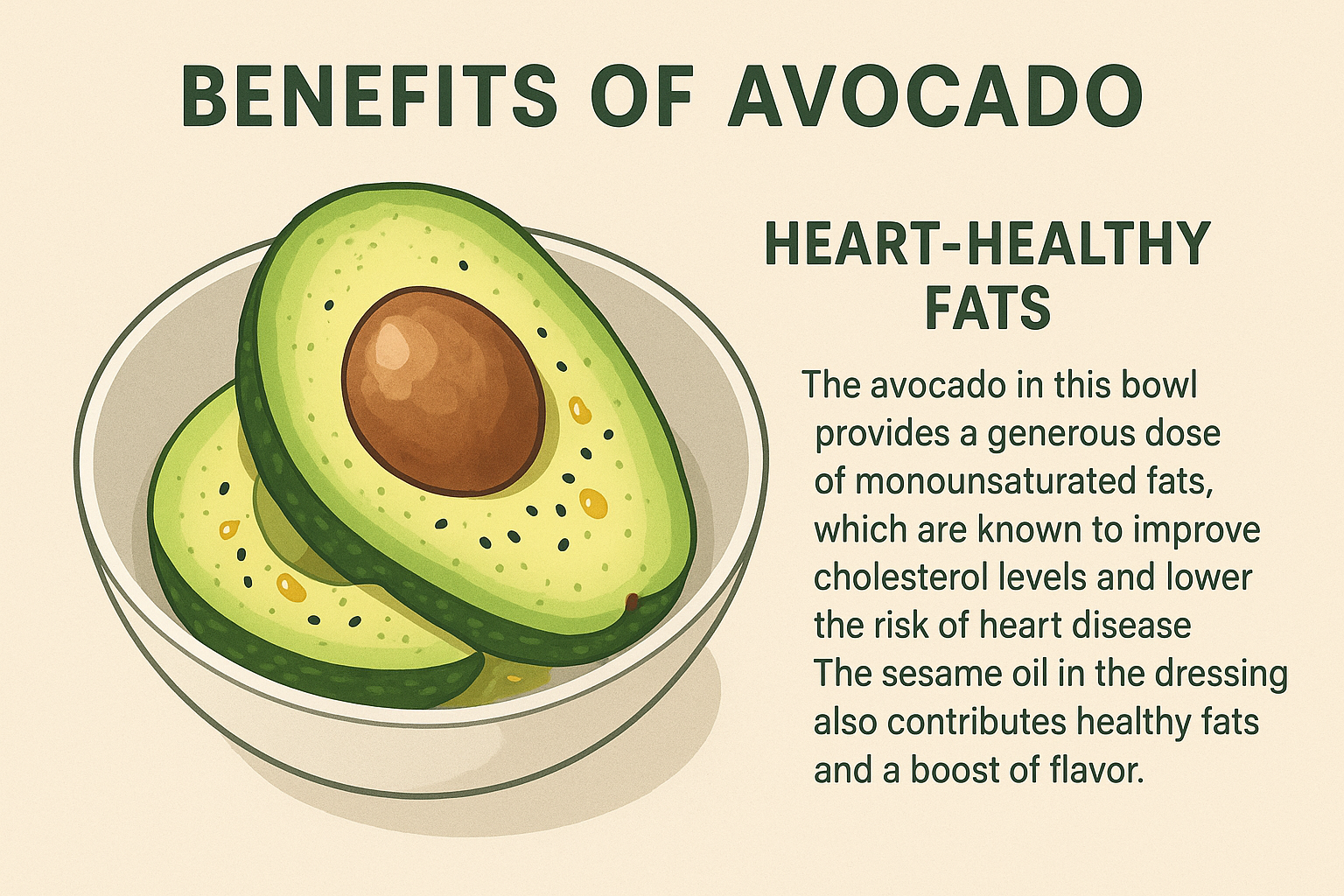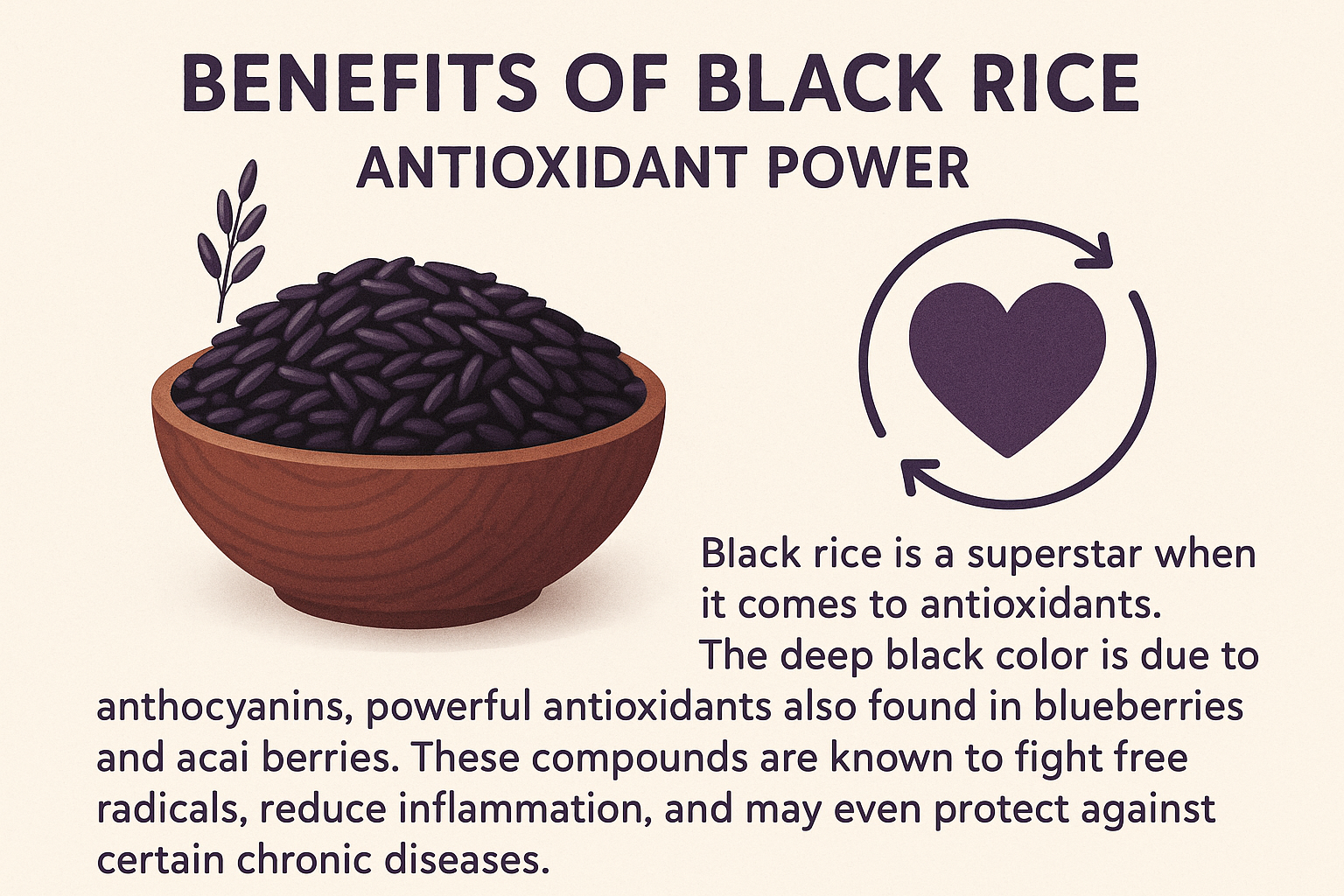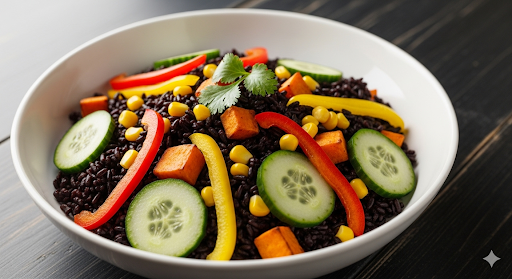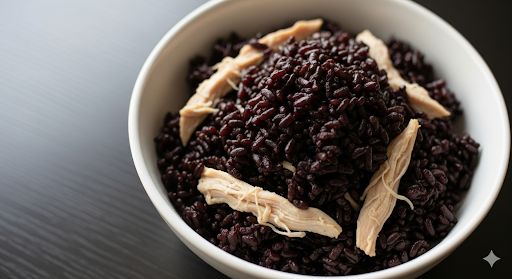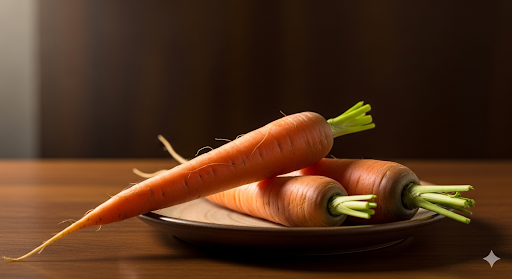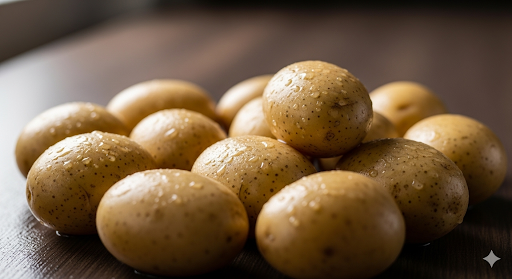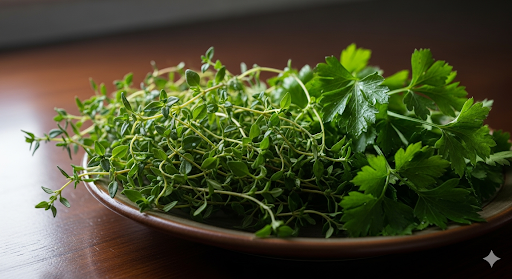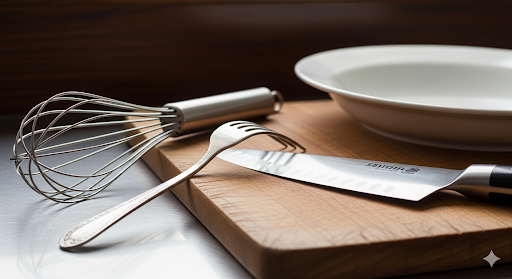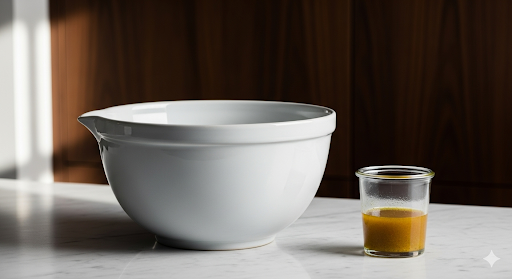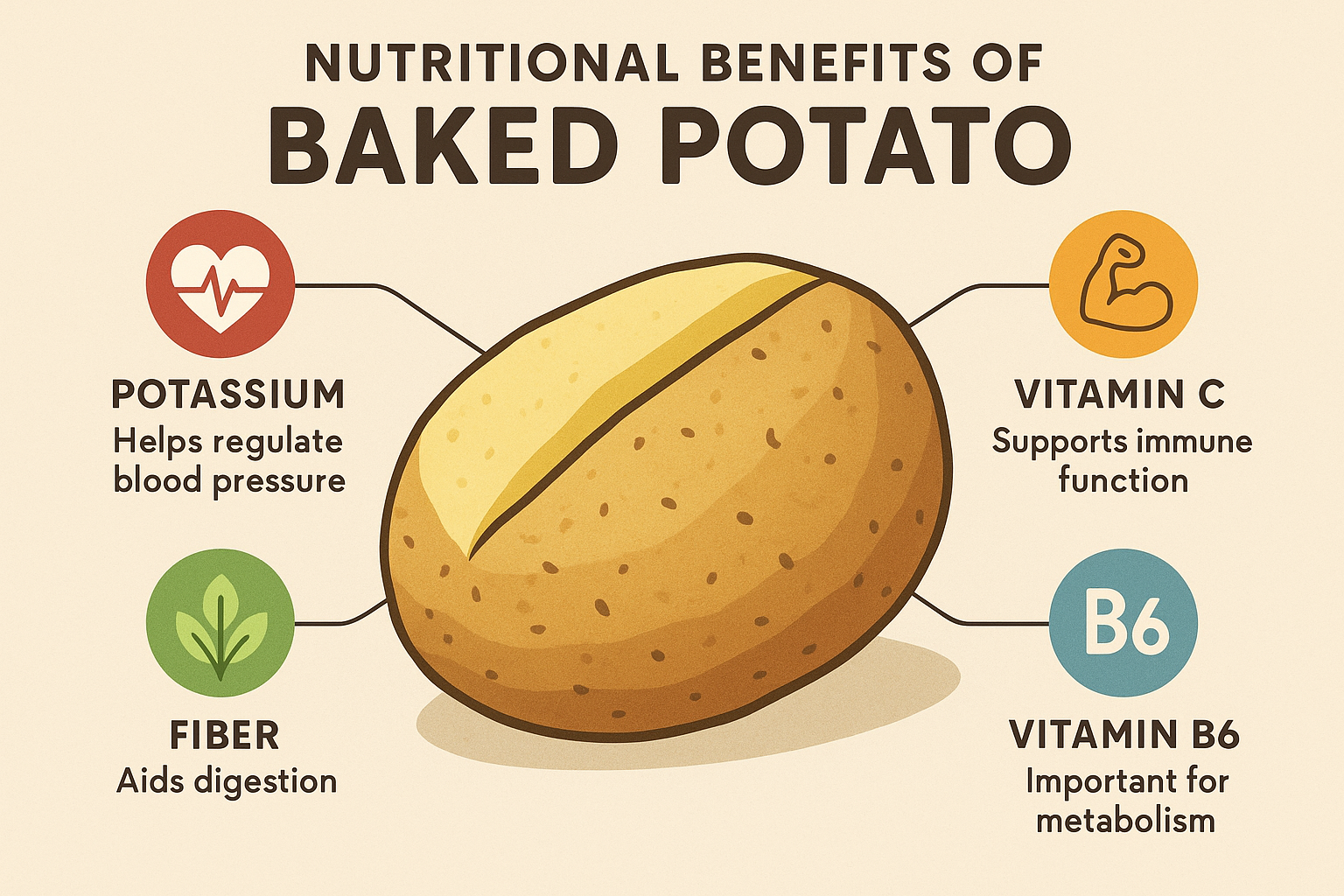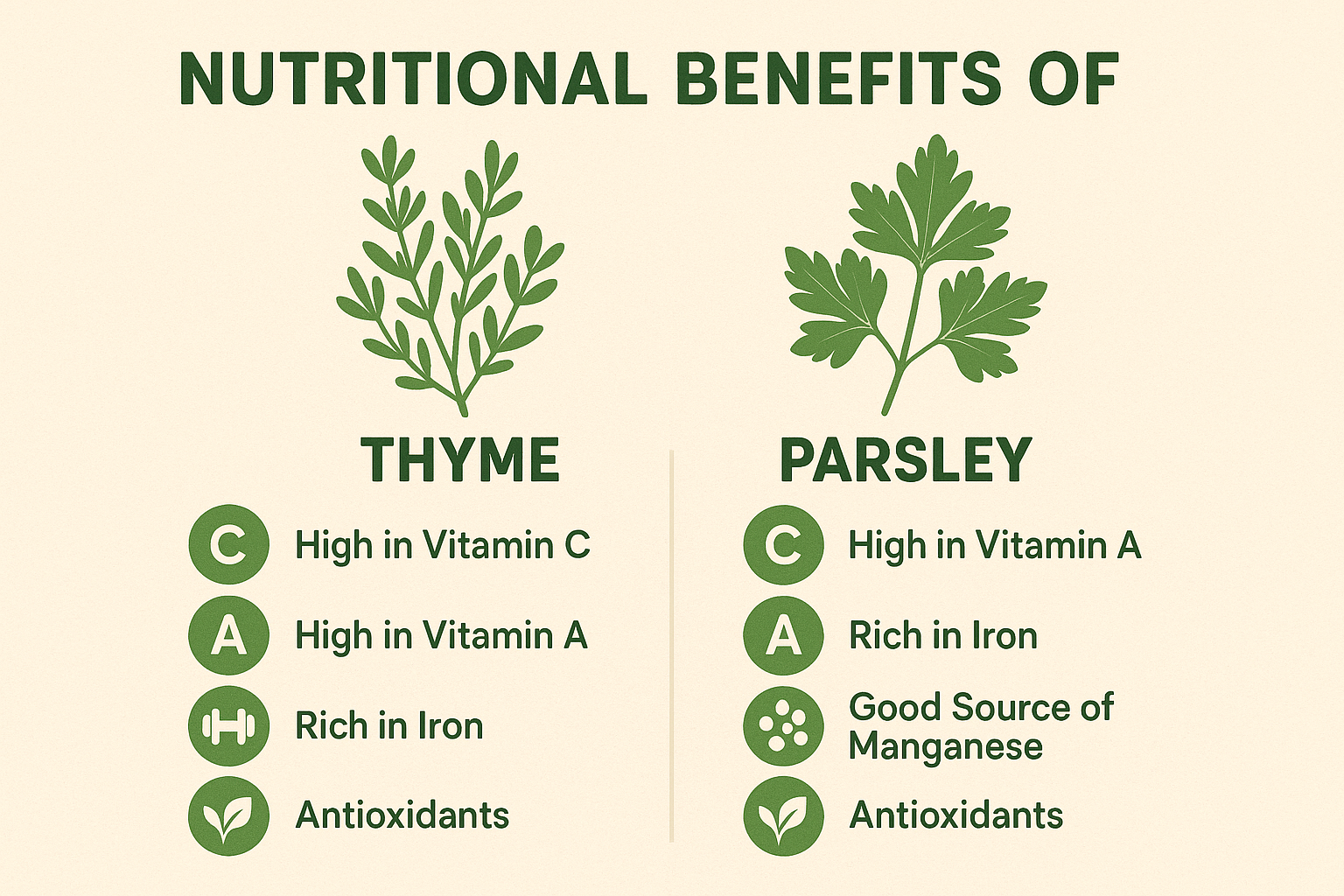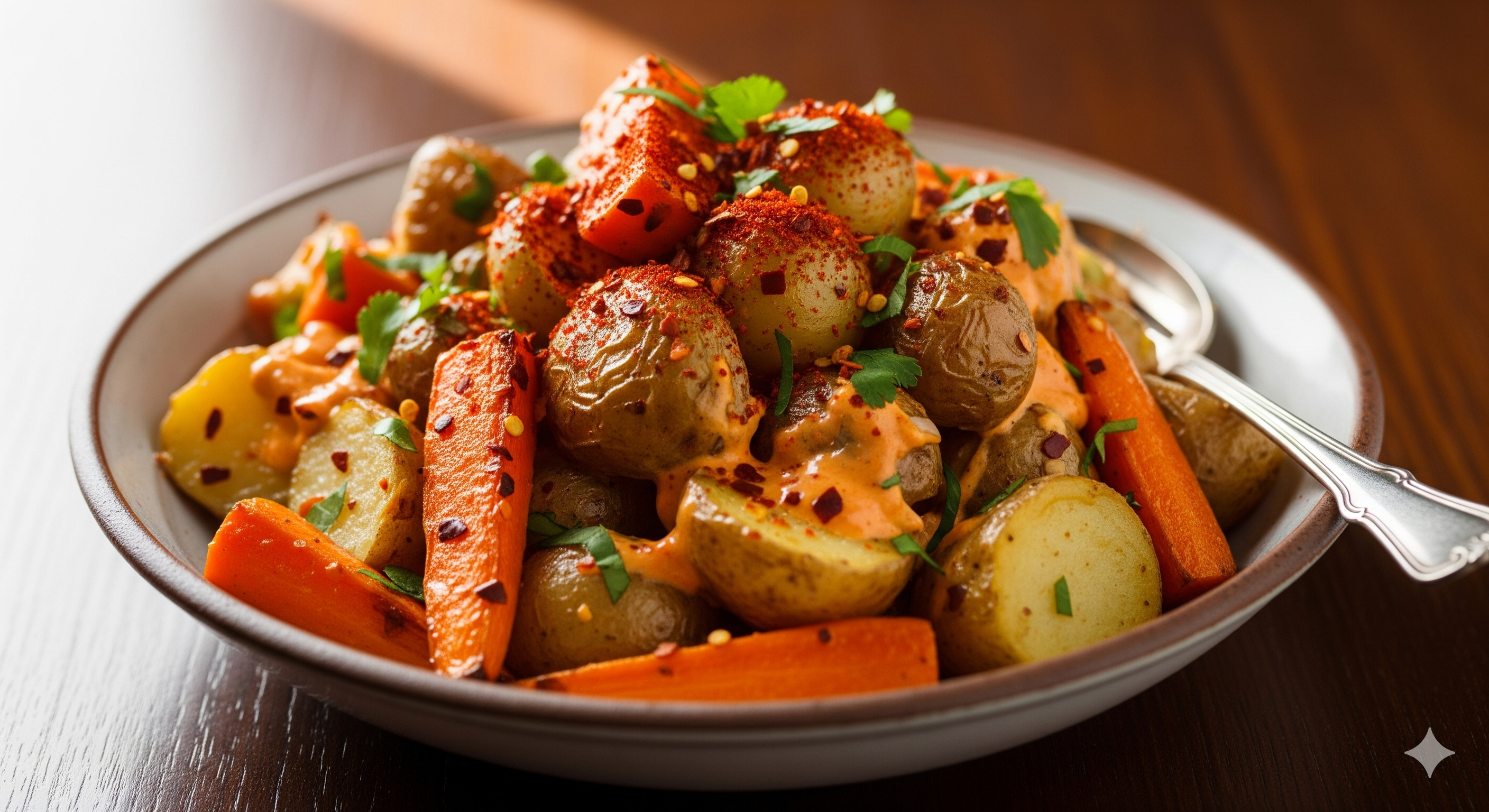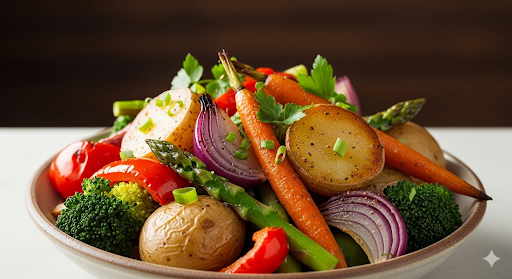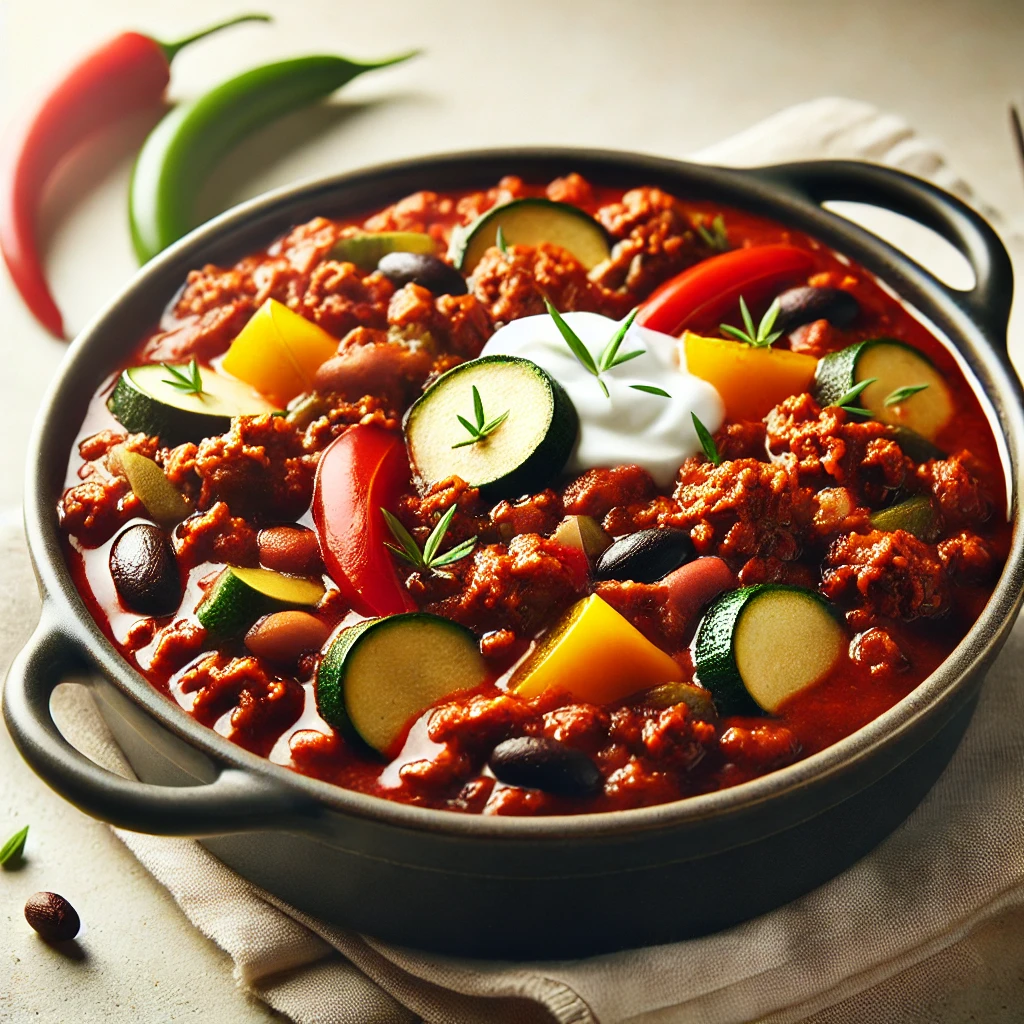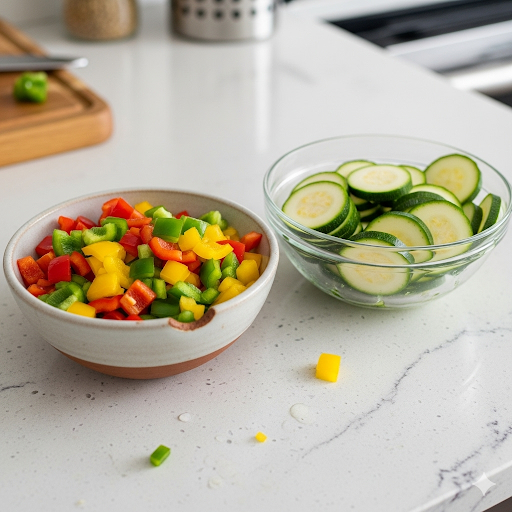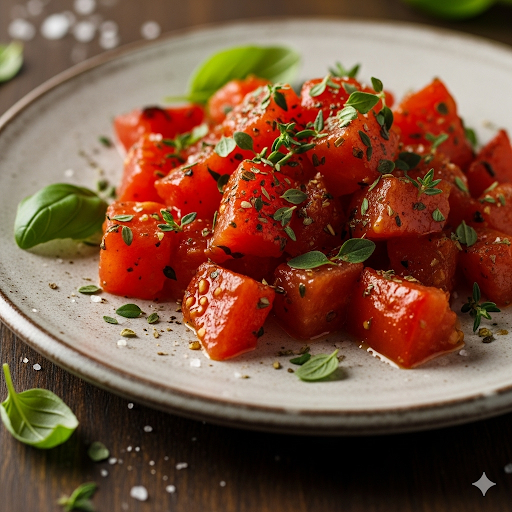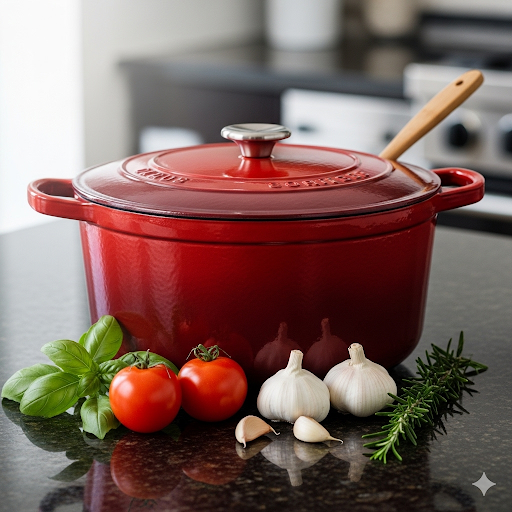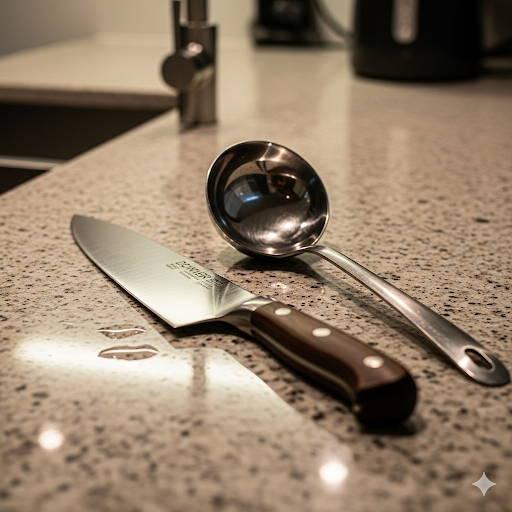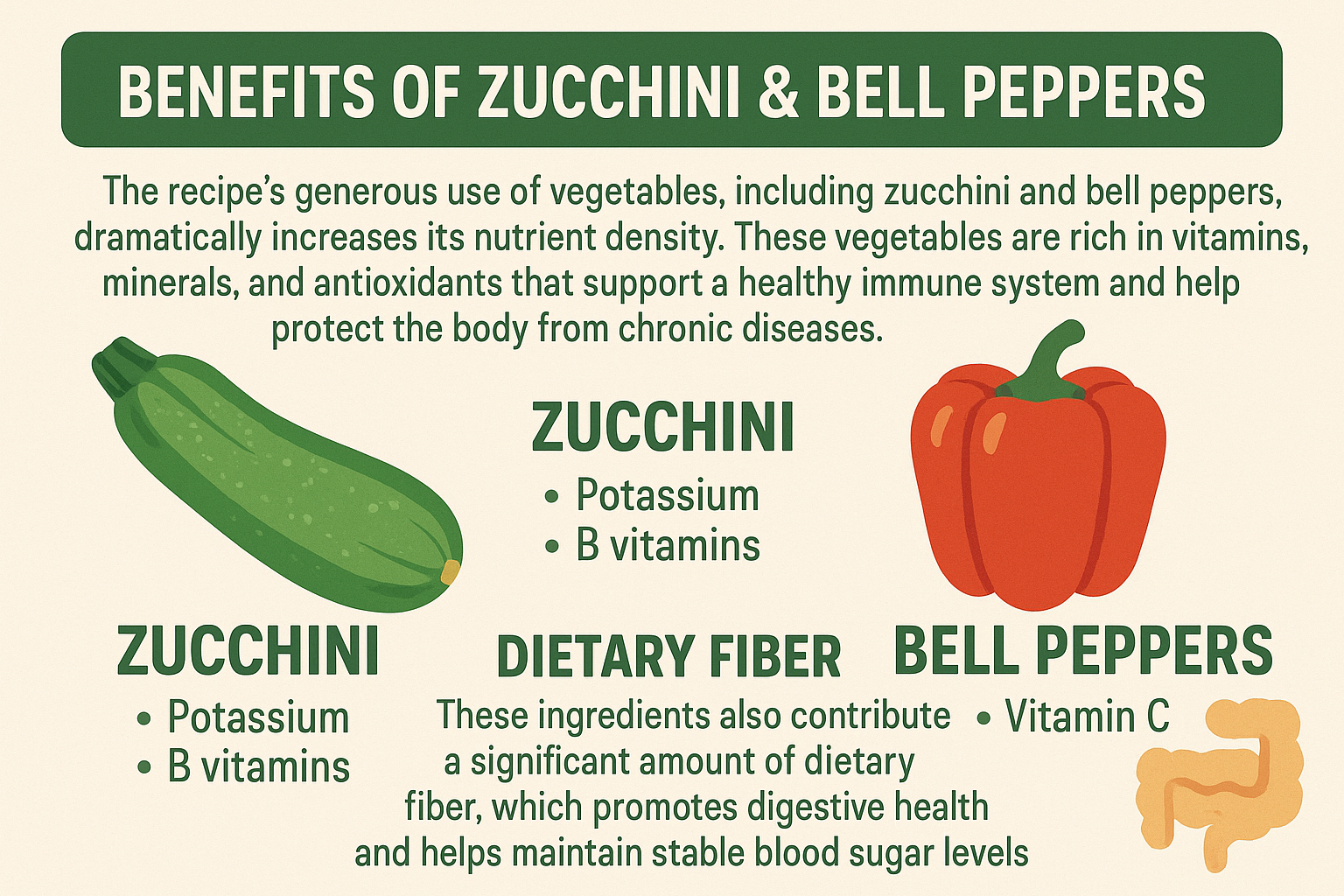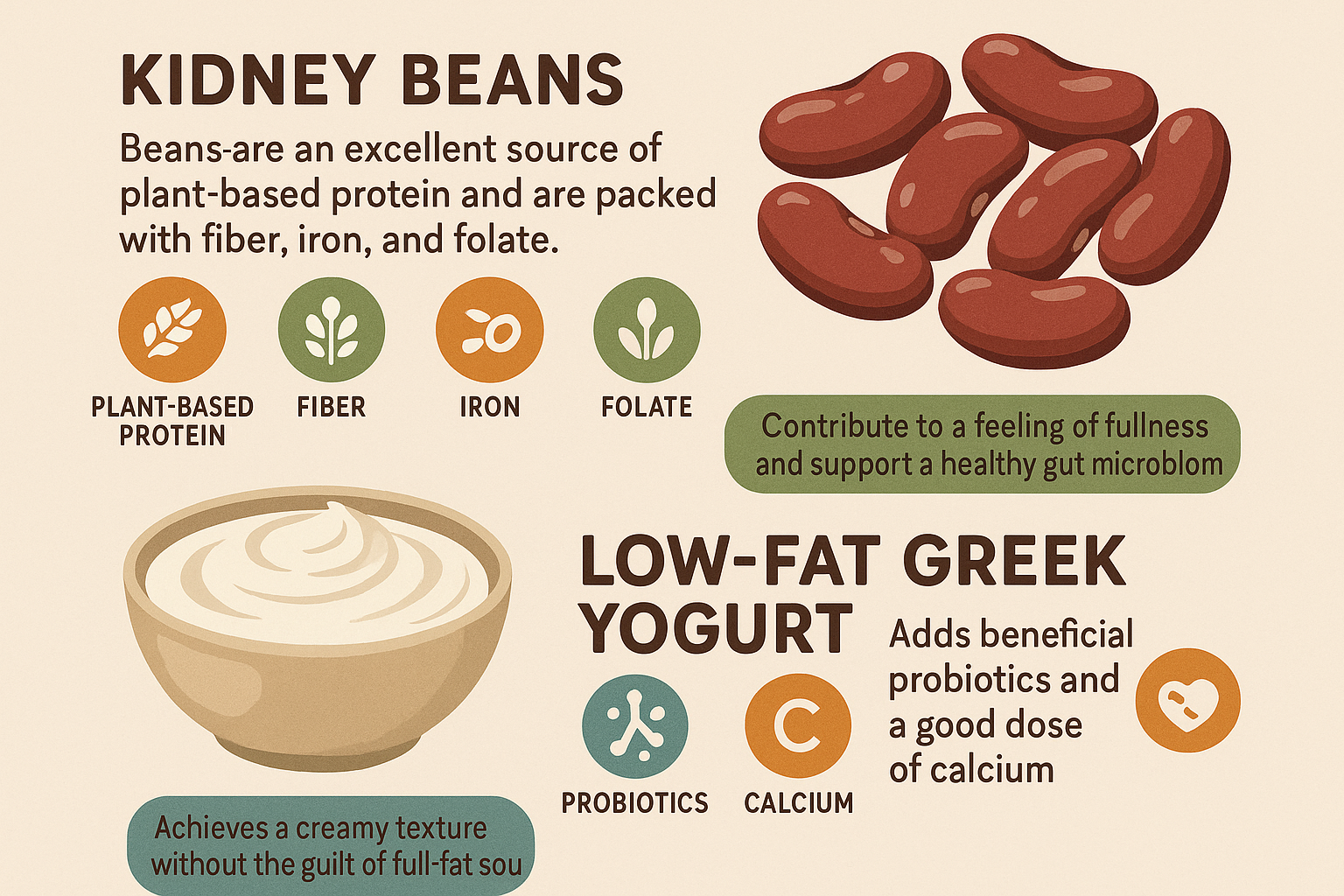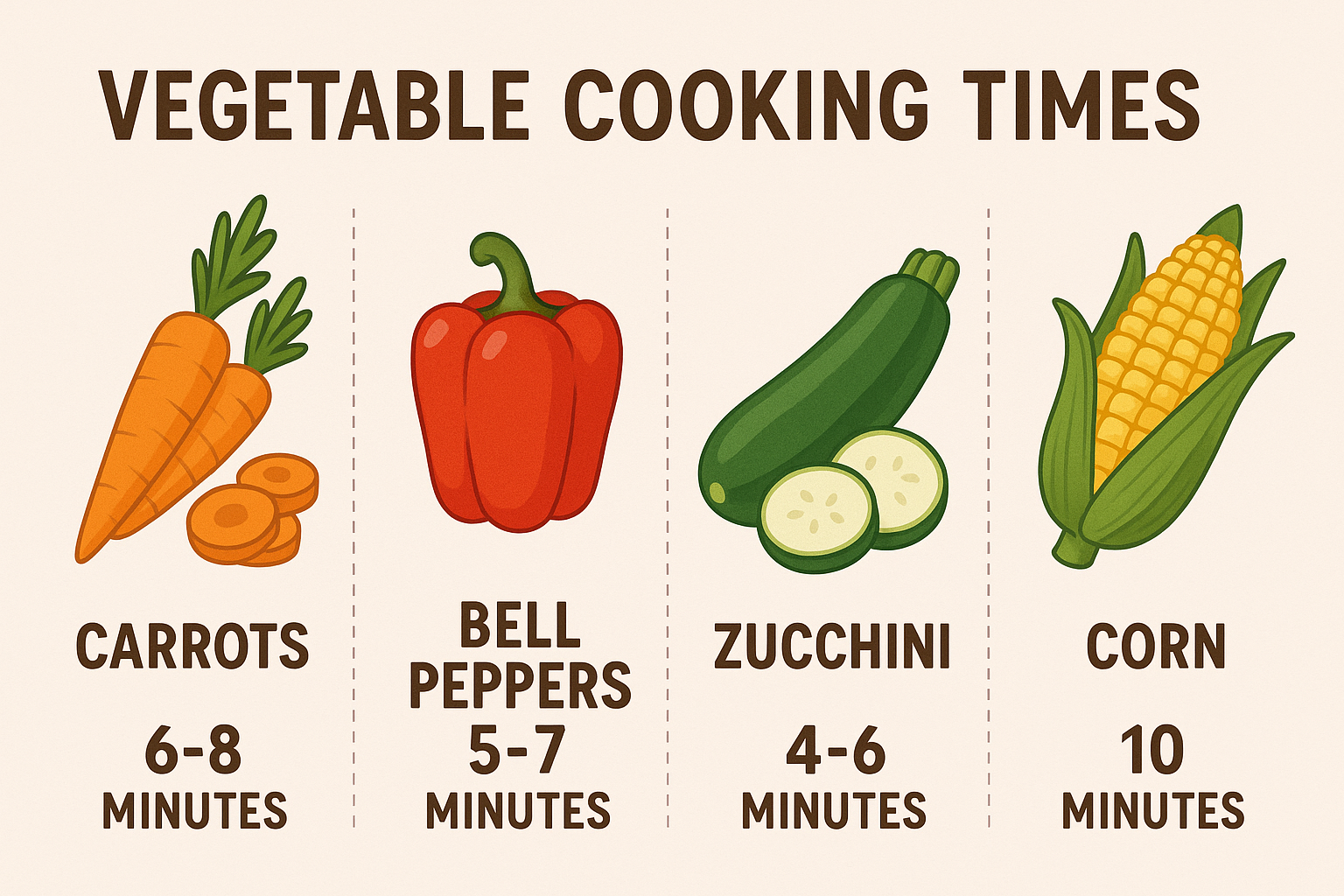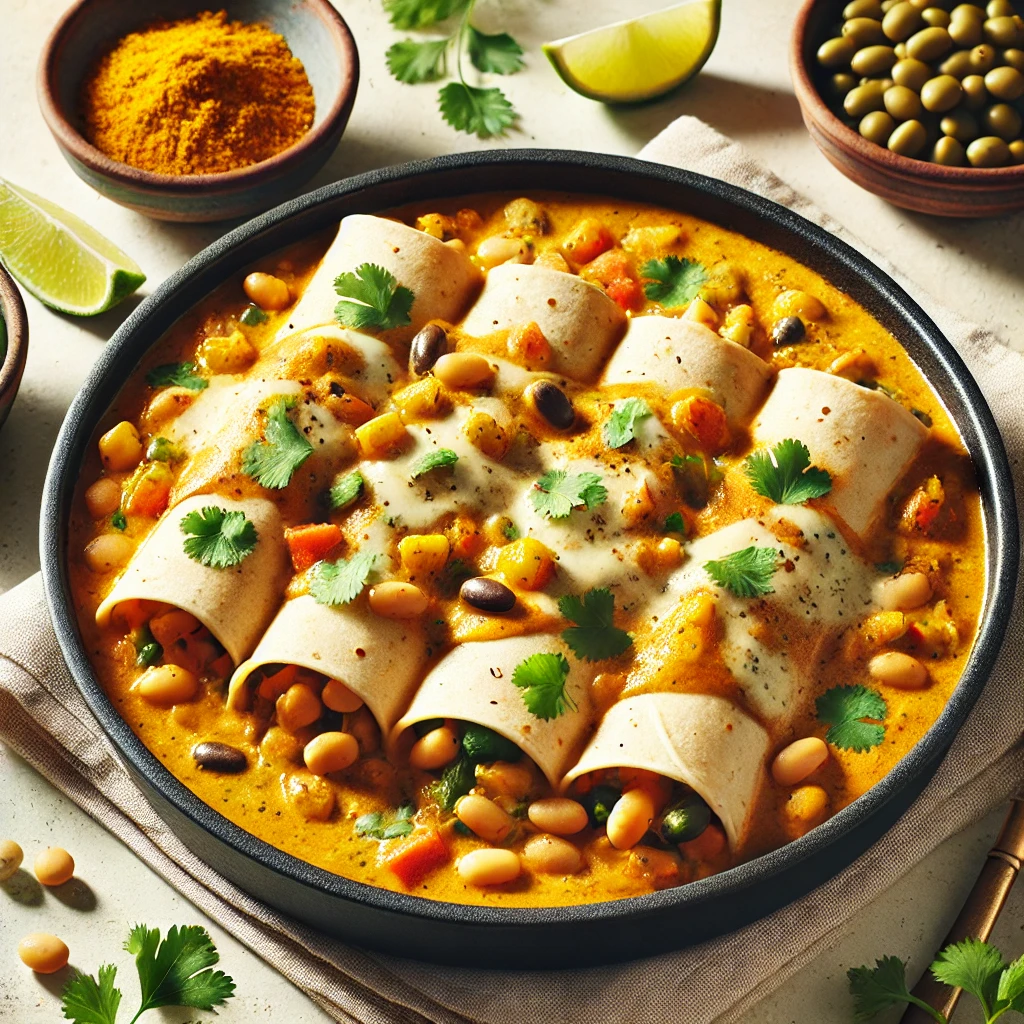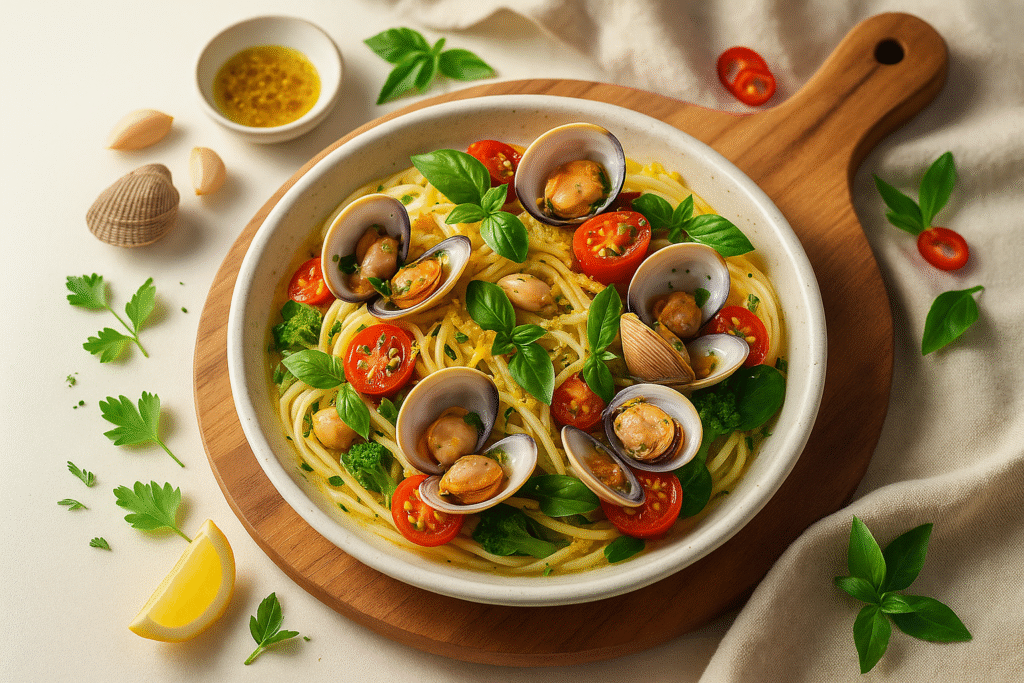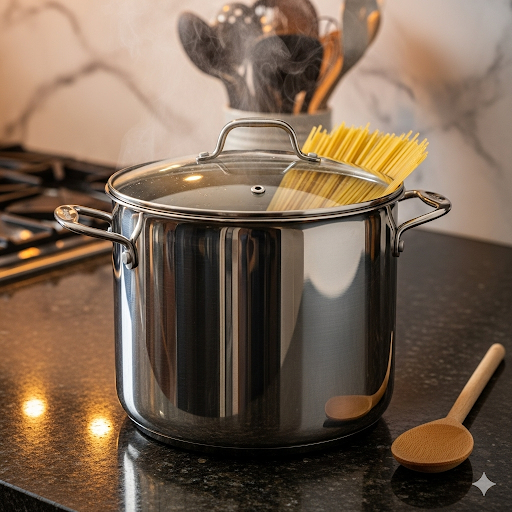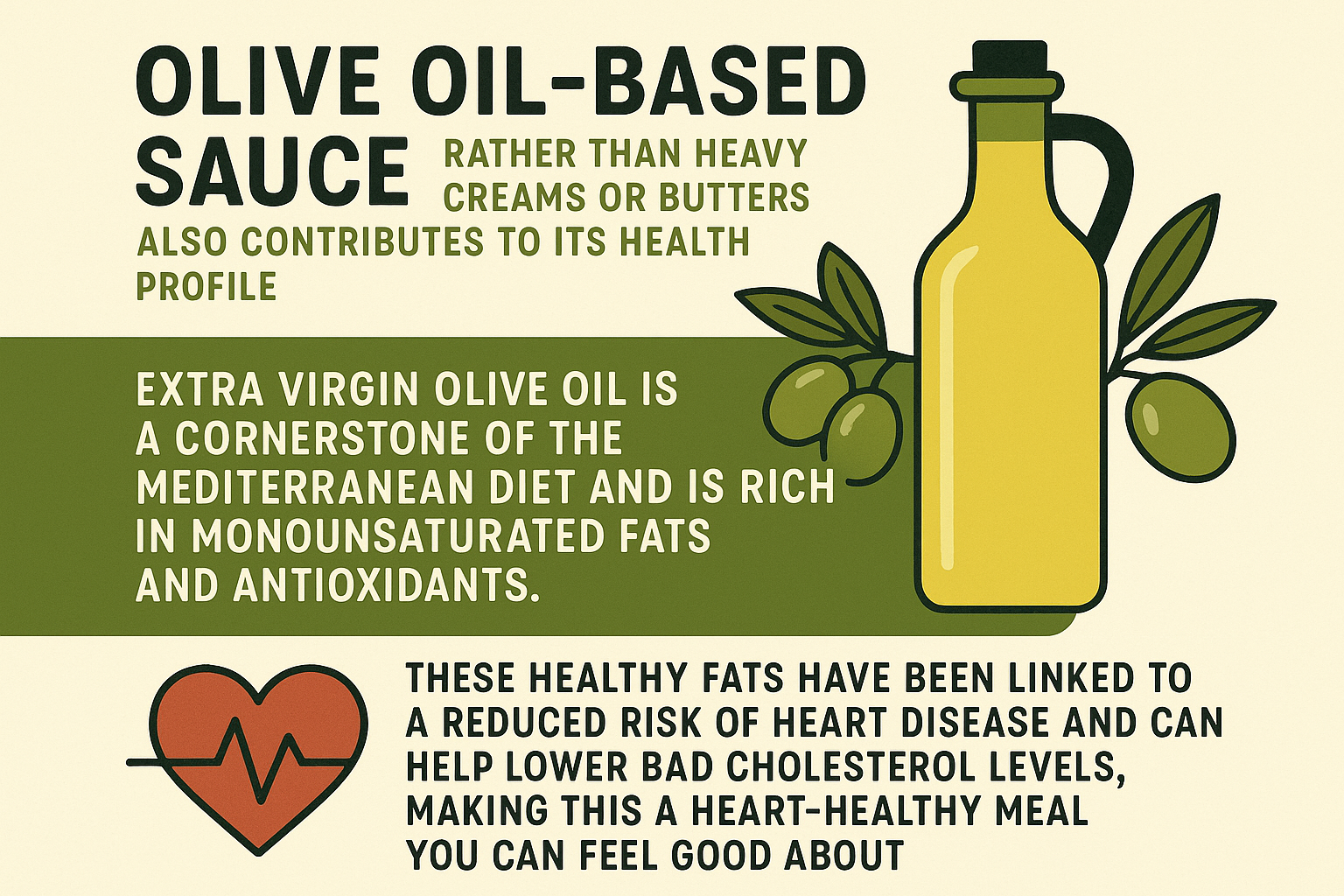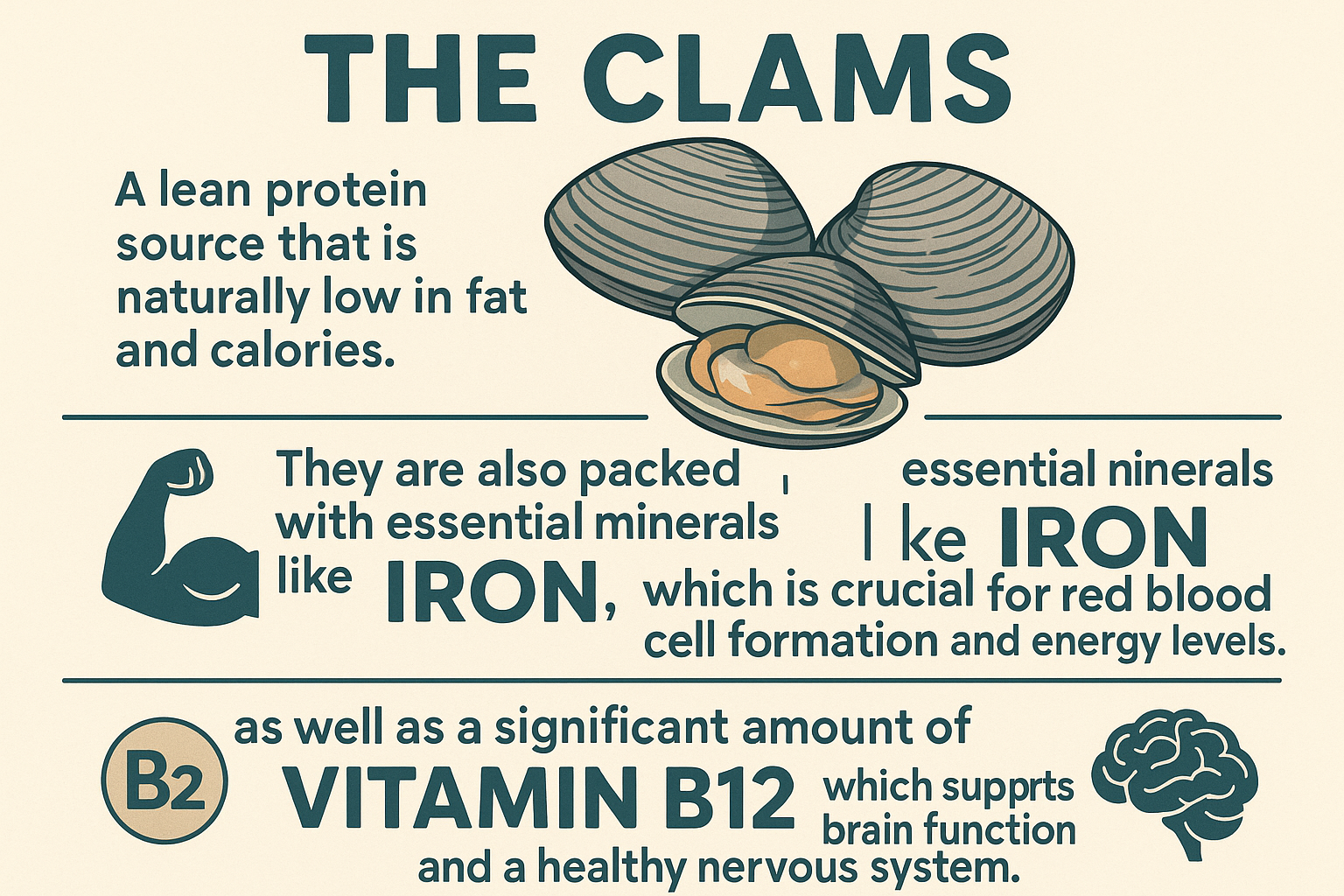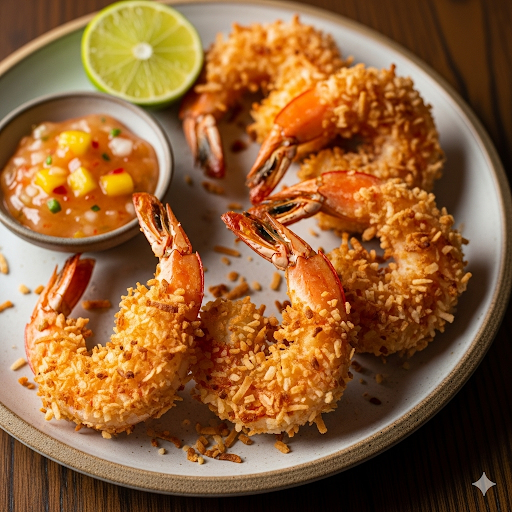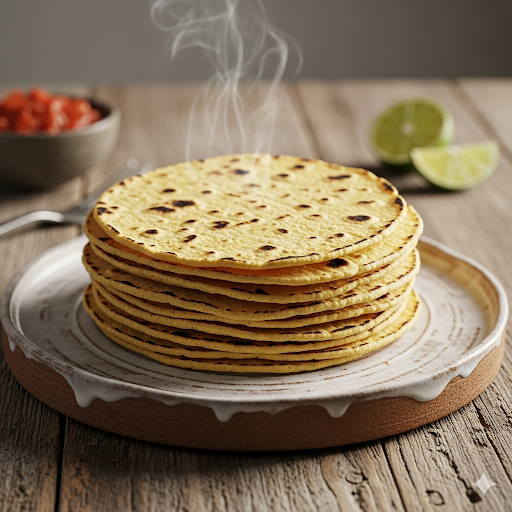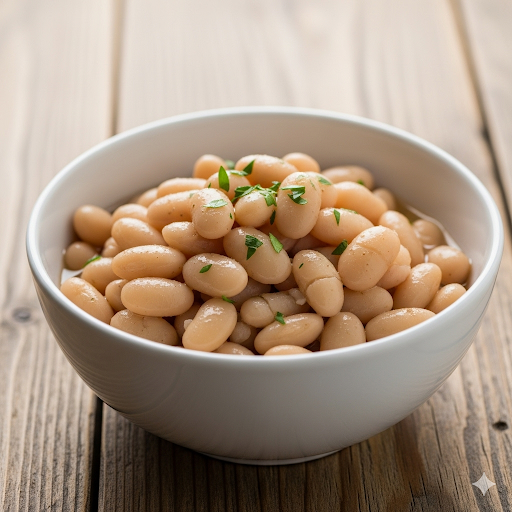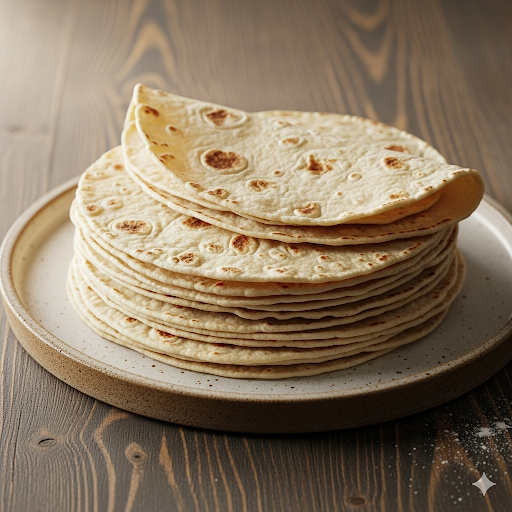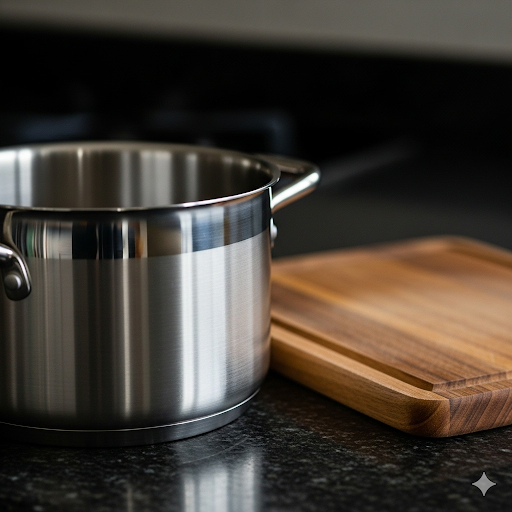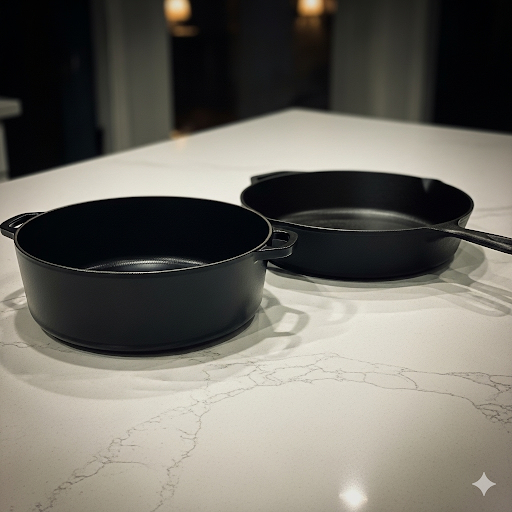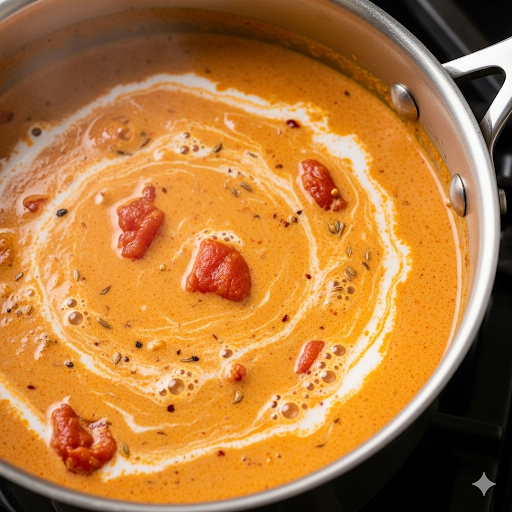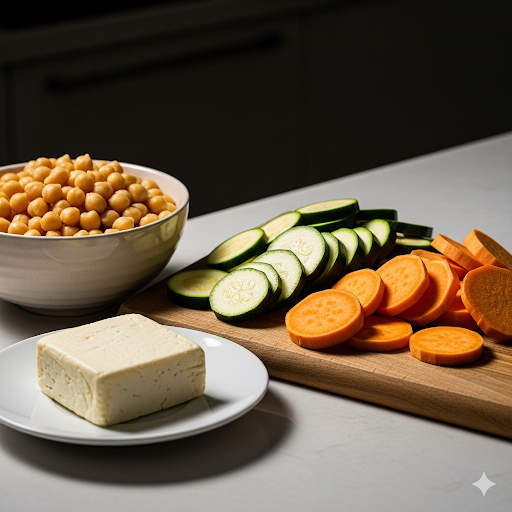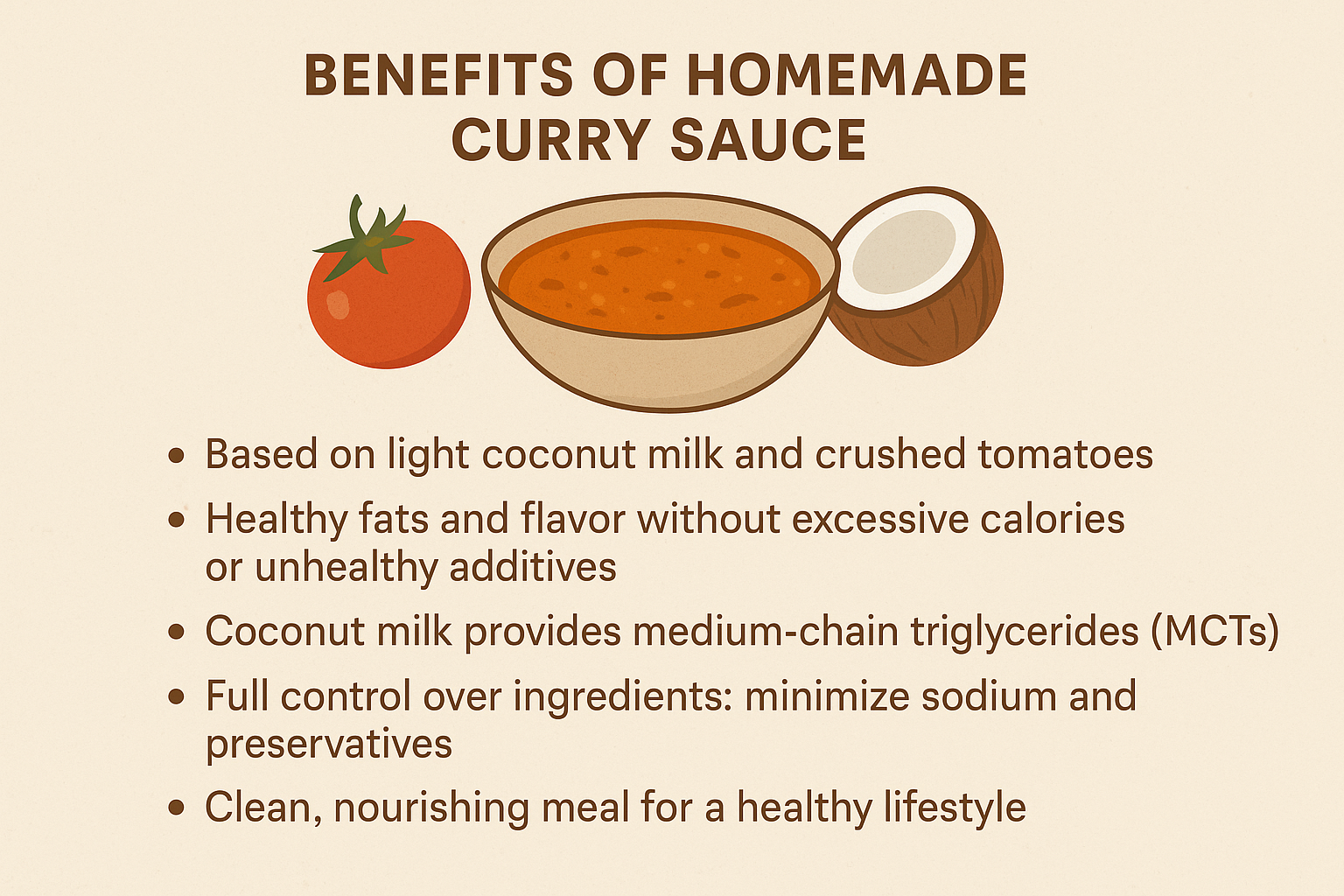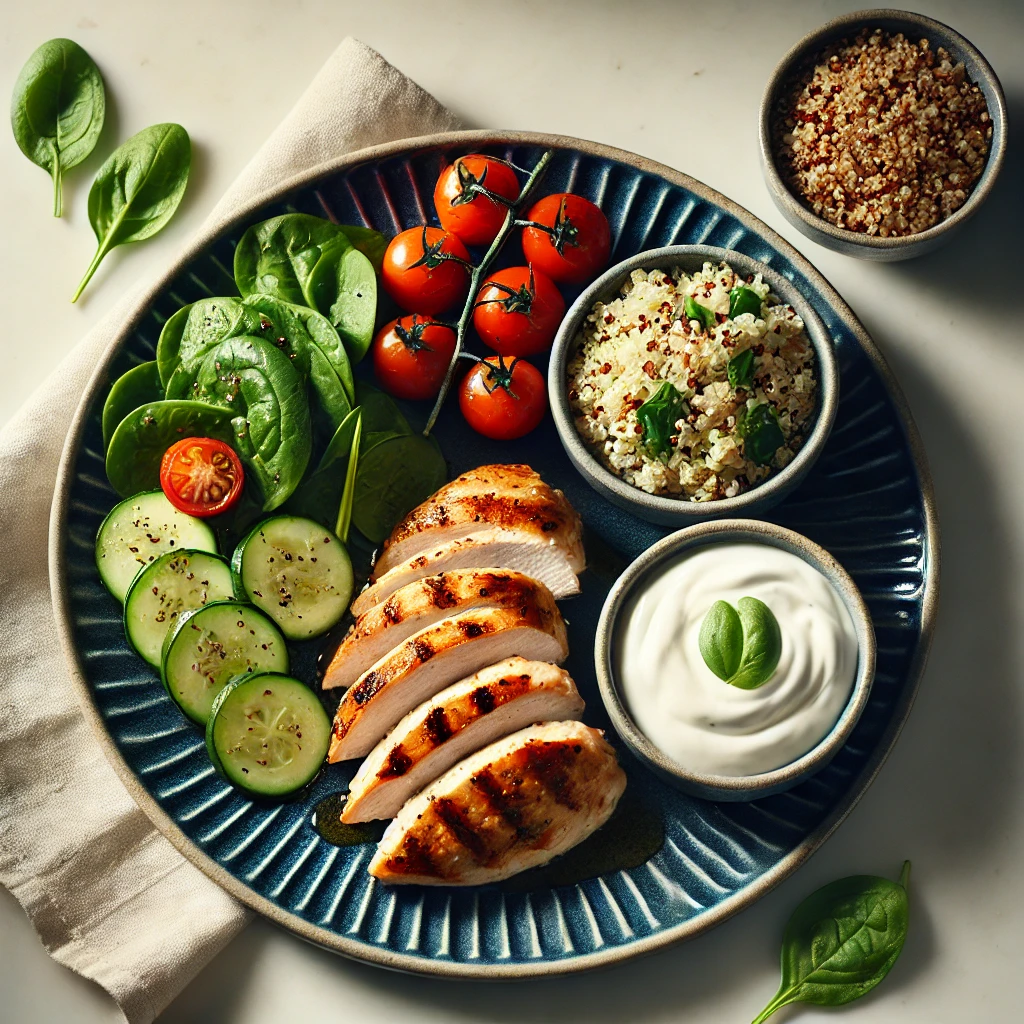Jackfruit is making waves as a versatile, meat-like ingredient and a nutritional powerhouse. Its unique texture and mild flavor make it the perfect star for everything from savory tacos to sweet desserts. This comprehensive guide will show you why jackfruit deserves a spot in your kitchen.
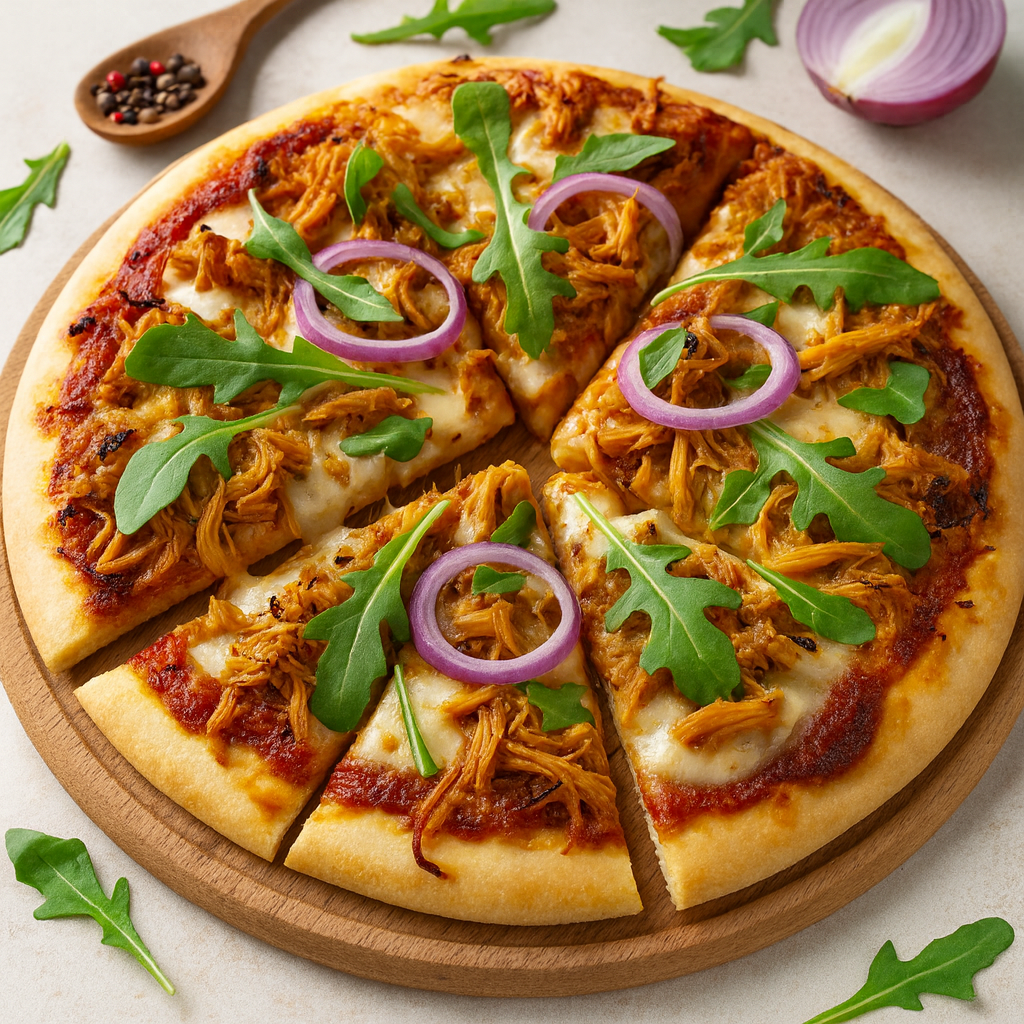
Introduction: The Rise of a Tropical Giant
Have you ever wondered what the next big thing in the world of superfoods might be? While we often hear about kale, quinoa, and acai, a new contender is stealing the spotlight: jackfruit. This massive, spiky fruit from Southeast Asia is no longer just a regional delicacy; it’s rapidly gaining global recognition as a sustainable, incredibly versatile, and nutritionally rich food. Its fibrous, stringy texture, especially when young and unripe, makes it an uncanny substitute for pulled pork or chicken, earning it a prized spot in the kitchens of plant-based enthusiasts and food innovators alike.
The culinary journey of this fruit is a fascinating one. For centuries, it has been a staple in Asian cuisine, utilized in both its unripe and ripe forms. When ripe, its sweet, tropical flavor makes it a perfect addition to smoothies, desserts, and fruit salads. However, it’s the unripe, green version that has captured the attention of the Western world. Its neutral taste acts as a blank canvas, readily absorbing the flavors of any sauce or spice blend it’s cooked with. This adaptability is key to its success as a meat alternative, allowing it to mimic the texture and savory profile of slow-cooked meats in a way that few other plant-based ingredients can.
The Jackfruit Advantage: A Nutritional Powerhouse
Beyond its culinary appeal, jackfruit is a nutritional goldmine. It’s packed with vitamins, minerals, and antioxidants that contribute to overall health and well-being. It’s particularly rich in Vitamin C, which is essential for immune function, and potassium, which plays a crucial role in heart health. Furthermore, its high fiber content promotes digestive health and helps you feel full, making it an excellent choice for those looking to manage their weight. As more people seek out nutrient-dense, plant-based options, the nutritional profile of jackfruit solidifies its position as a true superfood.
The sustainability factor of this fruit also adds to its allure. The trees are prolific producers, yielding a large amount of fruit with minimal resources. They are highly resilient and grow in a variety of climates, making them a more environmentally friendly crop compared to many animal-based proteins. This eco-friendly aspect resonates with a growing number of consumers who are consciously making food choices that have a positive impact on the planet. By choosing jackfruit, you’re not just nourishing your body; you’re also supporting a more sustainable food system.
This article will not only delve into the incredible benefits of this fruit but also provide you with a delicious recipe for a plant-based Pizza, a dish that truly showcases its versatility. This recipe is designed to be accessible for home cooks of all skill levels, ensuring that you can easily transform this humble fruit into a culinary masterpiece. Get ready to explore the world of jackfruit and discover why it’s set to become a staple in your kitchen.
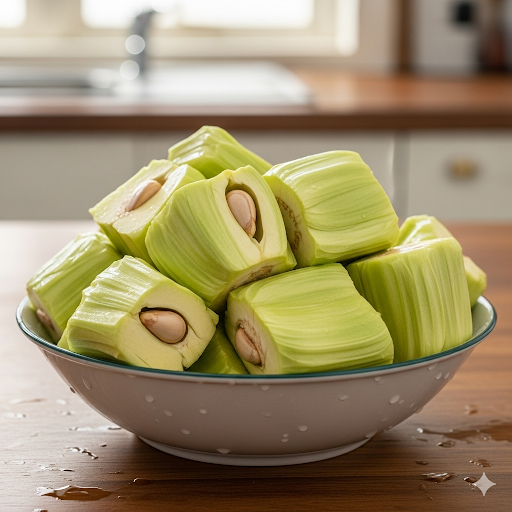
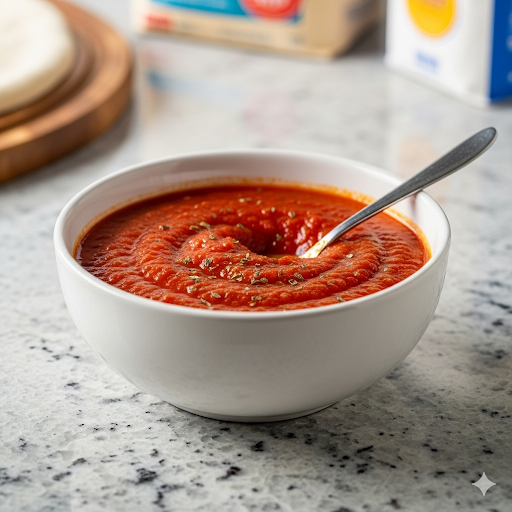

The gallery shows green jackfruit when it comes out of the tin. The next is pizza sauce and the last image shows pizza dough.
Jackfruit BBQ Pizza Recipe
This recipe is a fantastic way to introduce yourself to cooking with jackfruit. It’s savory, satisfying, and a perfect example of how this fruit can be used to create a truly delicious, plant-based meal.
Time to Prepare
30 minutes
Time to Cook/Blend
20-25 minutes
Servings
4-6 people
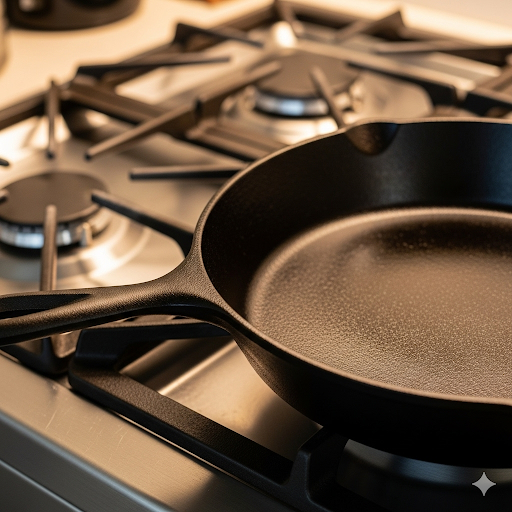

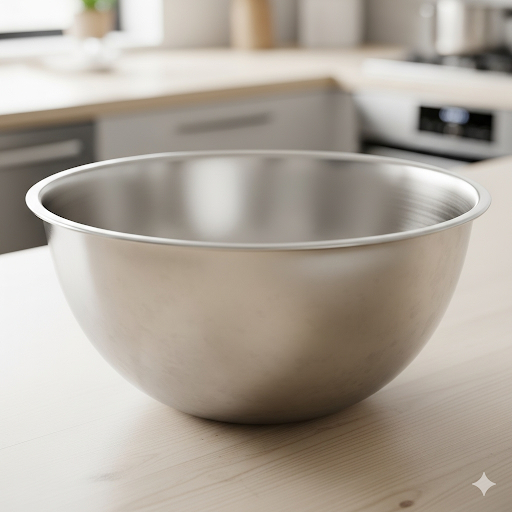
The gallery shows a frying pan, chopping board and a mixing bowl which are just some of the equipment used for this recipe.
Equipment
- Large mixing bowl
- Large frying pan or skillet
- Baking sheet or pizza stone
- Measuring cups and spoons
- Chef’s knife
- Cutting board
Nutritional Information (Approximate per serving)
- Calories: 450 kcal
- Protein: 15g
- Fiber: 8g
- Fat: 18g
- Carbohydrates: 55g
- Vitamin C: 30% DV
- Potassium: 15% DV
Ingredients
- For the BBQ Jackfruit:
- 1 (20-ounce) can young green jackfruit in brine or water, drained and rinsed
- 1 tablespoon olive oil
- 1 small red onion, finely chopped
- 2 cloves garlic, minced
- 1 cup your favorite BBQ sauce
- 1/2 teaspoon smoked paprika
- 1/4 teaspoon black pepper
- 1/4 cup vegetable broth
- For the Pizza:
- 1 pre-made pizza dough (store-bought or homemade)
- 1/2 cup pizza sauce
- 1-1 1/2 cups plant-based mozzarella cheese, shredded
- 1/2 red onion, thinly sliced into rings
- A handful of fresh arugula (for garnish)
- 1-2 teaspoons dried oregano
- Pinch of red pepper flakes (optional)
Instructions
Prepare the Jackfruit
First, drain the canned jackfruit and rinse it thoroughly to remove the briny flavor. This step is crucial for a clean, neutral taste. Use your hands to squeeze out as much excess water as possible. Then, place this fruit in a large bowl and use your fingers or two forks to shred it. The core pieces can be a bit tough; you can either leave them in for a chewier texture or finely chop them. This is what creates that “pulled meat” consistency.
Sauté the Aromatics
Heat the olive oil in a large skillet or frying pan over medium heat. Add the finely chopped red onion and sauté for 3-4 minutes, or until it becomes soft and translucent. Next, add the minced garlic and cook for another minute until fragrant, being careful not to burn it.
Cook the BBQ Jackfruit
Add the shredded jackfruit to the skillet with the sautéed onions and garlic. Stir well to combine. Pour in the vegetable broth, smoked paprika, and black pepper. Stir everything together and let it simmer for about 5 minutes, allowing the jackfruit to soften and absorb the flavors.
Add the BBQ Sauce
Once the jackfruit is soft, pour in your favorite BBQ sauce. Stir to coat every piece of jackfruit evenly. Reduce the heat to low and let it simmer for another 5-10 minutes. This step is essential for developing a rich, deep flavor and a tender, melt-in-your-mouth texture. Taste and adjust seasoning as needed.
Preheat Oven and Prepare Pizza Dough
While the jackfruit is simmering, preheat your oven to the temperature specified on your pizza dough package (usually around 400°F or 200°C). If you’re using a pizza stone, place it in the oven as it preheats. Stretch or roll out your pizza dough on a floured surface or a baking sheet.
Assemble the Pizza
Spread the pizza sauce evenly over the dough, leaving a small border for the crust. Next, sprinkle a generous layer of plant-based mozzarella cheese. Evenly distribute the prepared BBQ jackfruit over the cheese. Finally, scatter the thinly sliced red onion rings on top.
Bake the Pizza
Carefully transfer the assembled pizza to the hot oven. Bake for 15-25 minutes, or until the crust is golden brown and the cheese is melted and bubbly. The baking time can vary depending on your oven and the type of dough you’re using, so keep a close eye on it.
Garnish and Serve
Once the pizza is cooked, remove it from the oven. Let it cool for a minute before slicing. Top with a handful of fresh arugula for a peppery crunch and sprinkle with dried oregano and red pepper flakes if you like. Serve immediately and enjoy!
Alternative Cooking Methods
While a conventional oven is the standard, you can also make this recipe using other methods for a slightly different result.
- On the Grill: For a smoky flavor and a crispier crust, cook the pizza on a preheated grill. Place the assembled pizza on a pizza stone or a perforated grilling pan. Cook over indirect medium heat for 10-15 minutes, or until the crust is golden and the cheese is melted.
- In an Air Fryer: If you have a small air fryer, you can make mini pizzas. Assemble the pizzas on small, air-fryer-safe pans. Cook at 350°F (175°C) for 8-10 minutes, checking halfway through to ensure even cooking. This method is great for quick, single servings.
The Superfood Benefits of Jackfruit
Jackfruit is not just a tasty meat substitute; it’s a nutritional powerhouse. Incorporating it into your diet provides a wide array of health benefits that make it a true superfood.
Digestive Health and Weight Management
Jackfruit is incredibly high in dietary fiber. A single serving can provide a significant portion of your daily fiber needs. Fiber is essential for a healthy digestive system, helping to prevent constipation and promote regularity. This high fiber content also helps you feel full for longer, which can be beneficial for weight management by reducing overall calorie intake.
Immune Boosting Properties
This tropical fruit is an excellent source of Vitamin C, a powerful antioxidant. Vitamin C is crucial for supporting your immune system, helping your body fight off infections and diseases. A strong immune system is your first line of defense against illness, and a diet rich in Vitamin C is a great way to maintain it.
Heart Health
The potassium content in jackfruit is notable. Potassium is an essential mineral that helps regulate blood pressure by counteracting the effects of sodium. A diet rich in potassium can reduce the risk of hypertension and other cardiovascular diseases. The high fiber content also helps lower “bad” LDL cholesterol levels, further contributing to heart health.
Antioxidant Power
Jackfruit contains various phytonutrients like flavonoids, saponins, and tannins. These compounds have powerful antioxidant properties that help fight against free radicals in the body. Free radicals are unstable molecules that can cause cellular damage, leading to chronic diseases and premature aging. By neutralizing these free radicals, the antioxidants in jackfruit help protect your cells and promote long-term health.
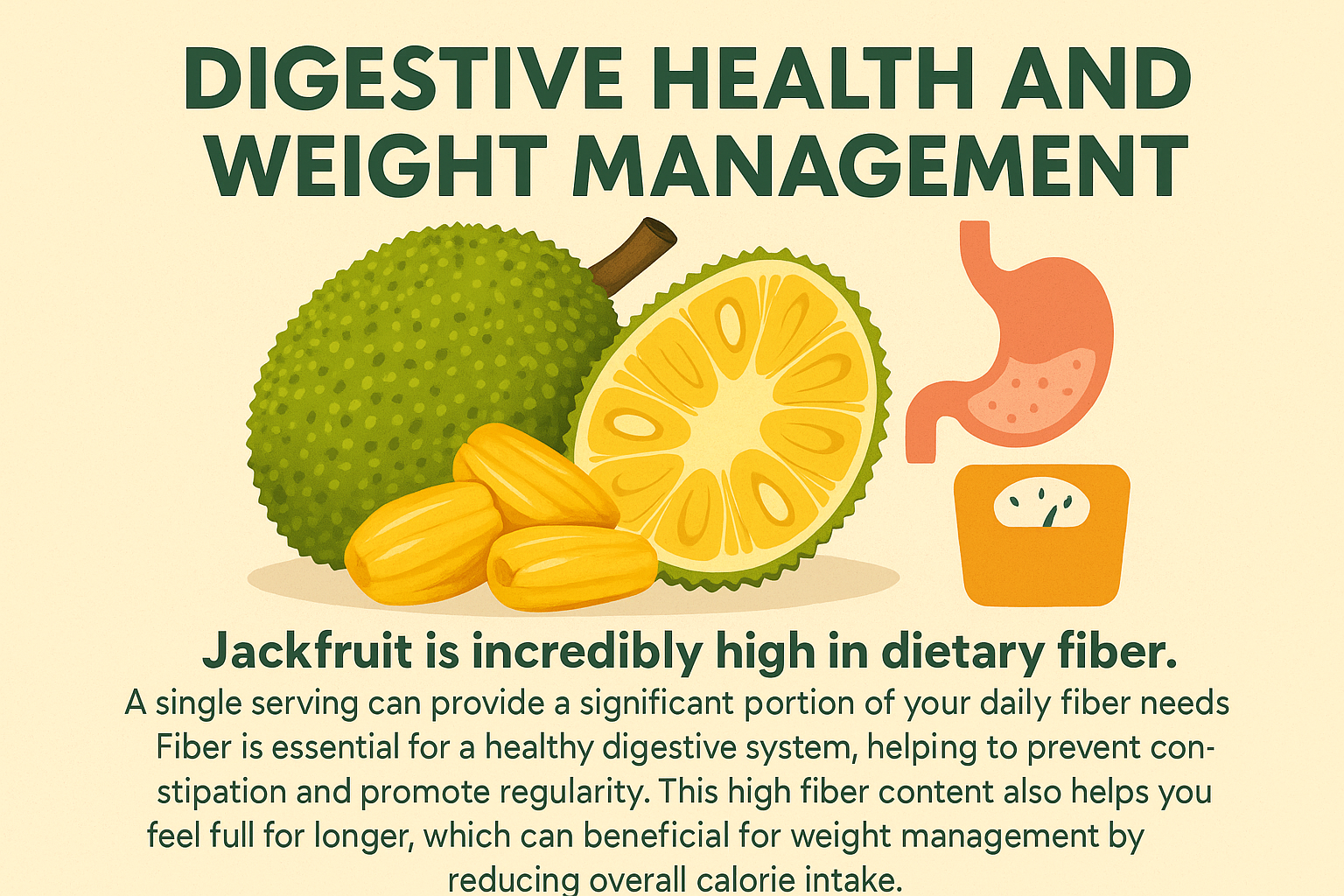

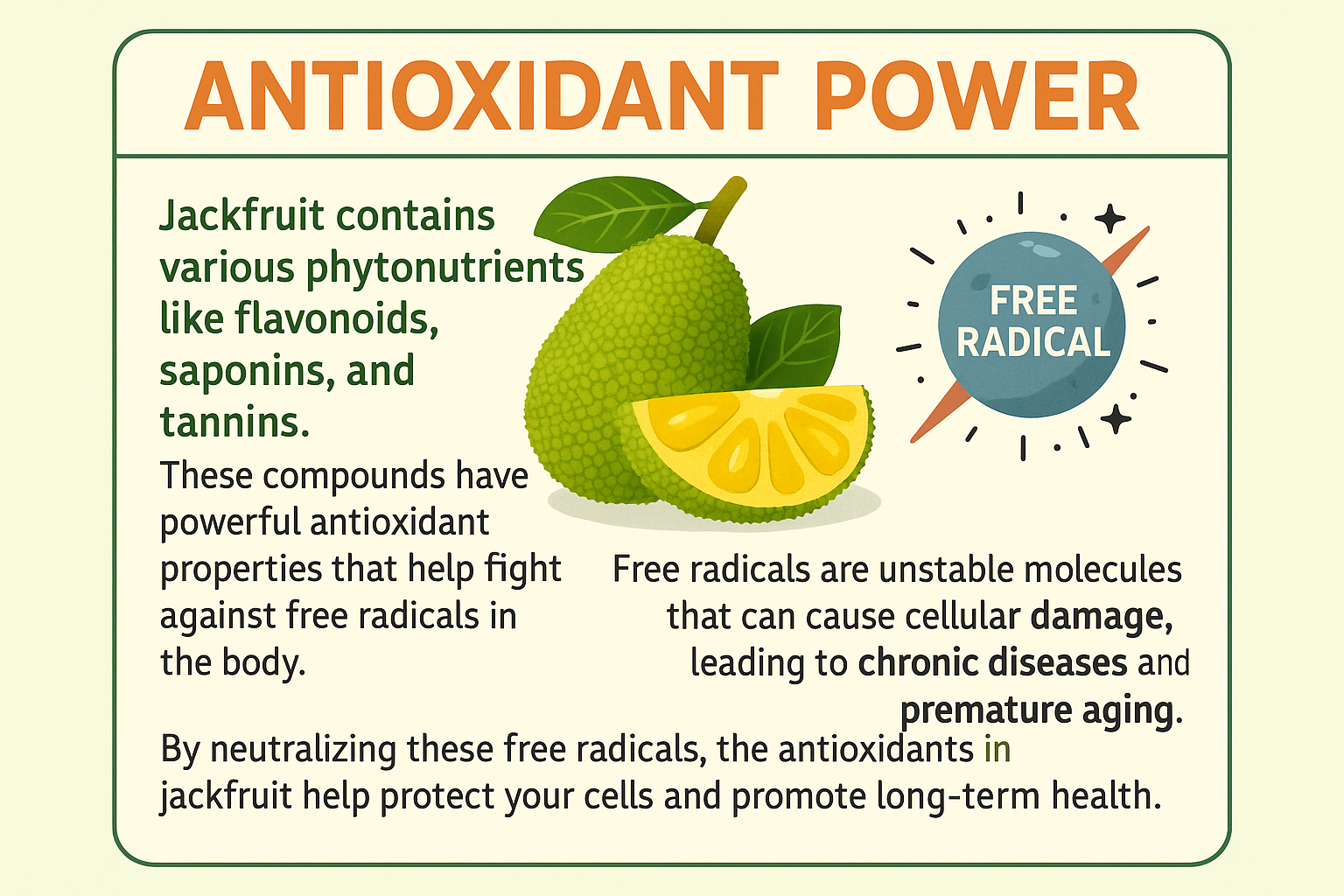
This gallery shows the nutritional benefits from jackfruit. These range from digestive health, hearth health and antioxidant powers.
Variations: Get Creative with Jackfruit
The beauty of jackfruit lies in its versatility. You can easily adapt the basic recipe to suit your tastes or dietary needs.
| Variation | Description |
| Spicy Jackfruit | Add a teaspoon of sriracha or a pinch of cayenne pepper to the BBQ sauce for a fiery kick. |
| Pulled “Pork” Sandwiches | Instead of pizza, use the prepared BBQ jackfruit to make a delicious sandwich. Serve it on a toasted bun with coleslaw. |
| Tacos or Nachos | Use the savory variety as a filling for tacos or as a topping for nachos. It pairs perfectly with avocado, salsa, and lime. |
| Jackfruit “Crab” Cakes | Use a similar preparation method but with different seasonings (like Old Bay) and a binder to form patties. Cook until golden brown. |
| Sweet Jackfruit | Use this ripe for sweet applications. It’s perfect for smoothies, ice cream, or a tropical fruit salad. |

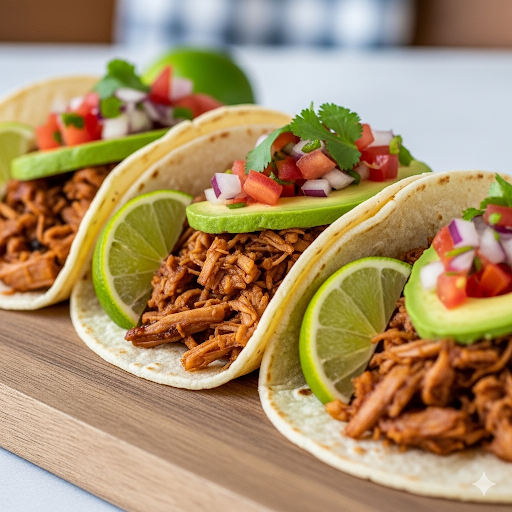

The gallery shows the different options for using jackfruit. The first is jackfruit sandwich, the next is the filling for nachos and the last image is pulled jackfruit “Crab” Cakes.
Final Thoughts: Embrace the Versatility of Jackfruit
Jackfruit is more than just a trendy ingredient; it’s a truly remarkable food that offers a unique combination of culinary versatility, nutritional benefits, and environmental sustainability. From savory meat alternatives to sweet tropical treats, its potential in the kitchen is limitless. This humble fruit is a testament to the incredible bounty of nature and provides a delicious, healthy, and ethical choice for anyone looking to diversify their diet. We encourage you to use the canned variety, try this pizza recipe, and explore the endless possibilities. Your taste buds and your body will thank you!
Frequently Asked Questions (FAQs)
What does canned jackfruit taste like?
Canned young green jackfruit, which is what is used for savory dishes, has a very mild, neutral flavor. This is its main advantage, as it allows it to absorb the flavors of whatever sauce or spices you cook it with. Its taste is not fruity at all, which often surprises people who are new to cooking with it.
Can I use fresh jackfruit for this recipe?
Yes, but it’s much more work. Preparing fresh and unripe can be time-consuming due to its sticky, latex-like sap and tough exterior. Canned young jackfruit is the most convenient option for savory recipes and is widely available in most Asian markets or health food stores. Ripe jackfruit is used for sweet dishes.
Where can I buy jackfruit?
Canned young green jackfruit in water or brine is typically found in the international or Asian foods aisle of most major grocery stores. Health food stores like Whole Foods also carry it. You may also find it in specialty stores or online retailers.
References
- National institute – Nutritional and Health Benefits of Jackfruit
- Researchgate.net – Health benefits of jackfruit
- Research from the Food – Jackfruit
Recent Posts

